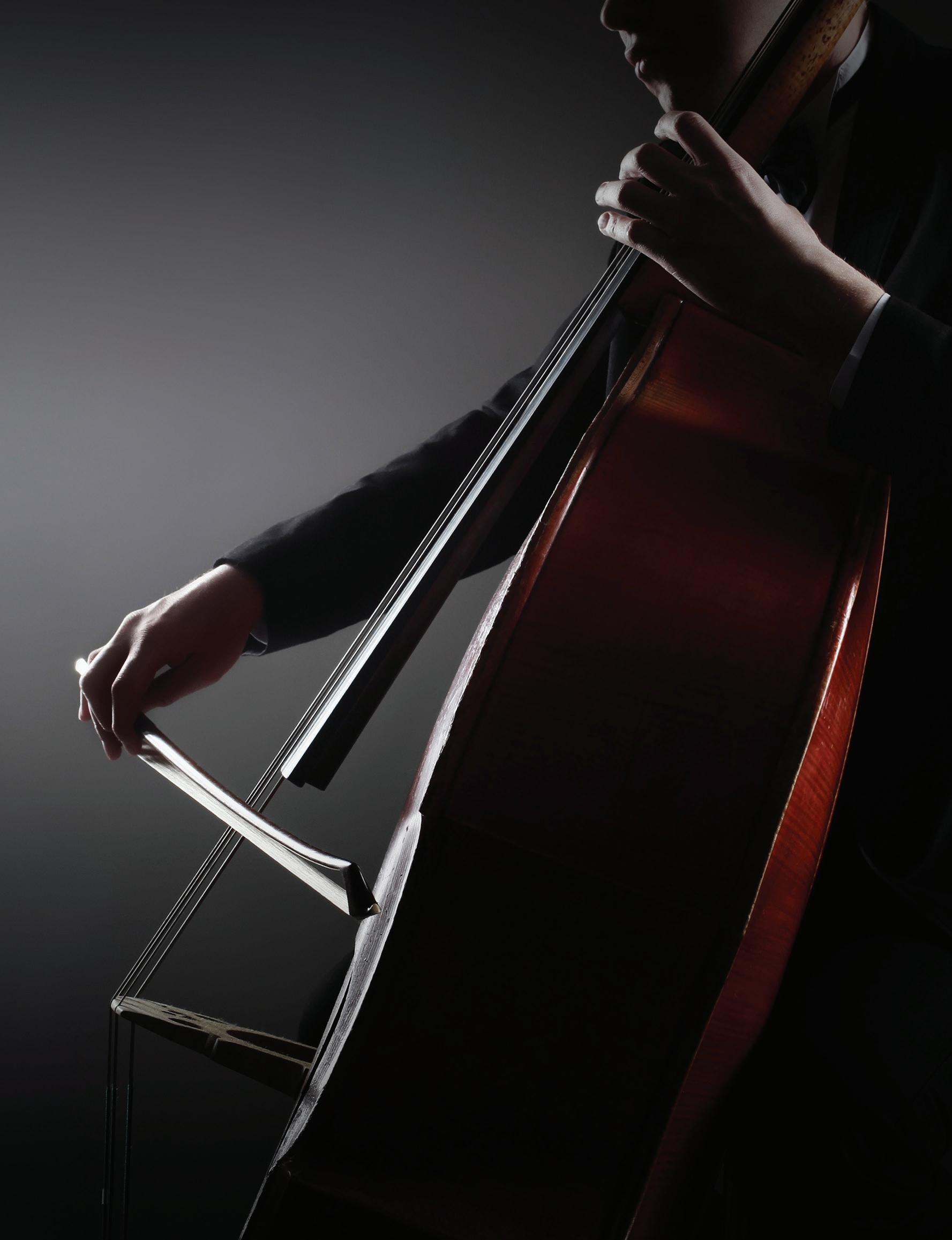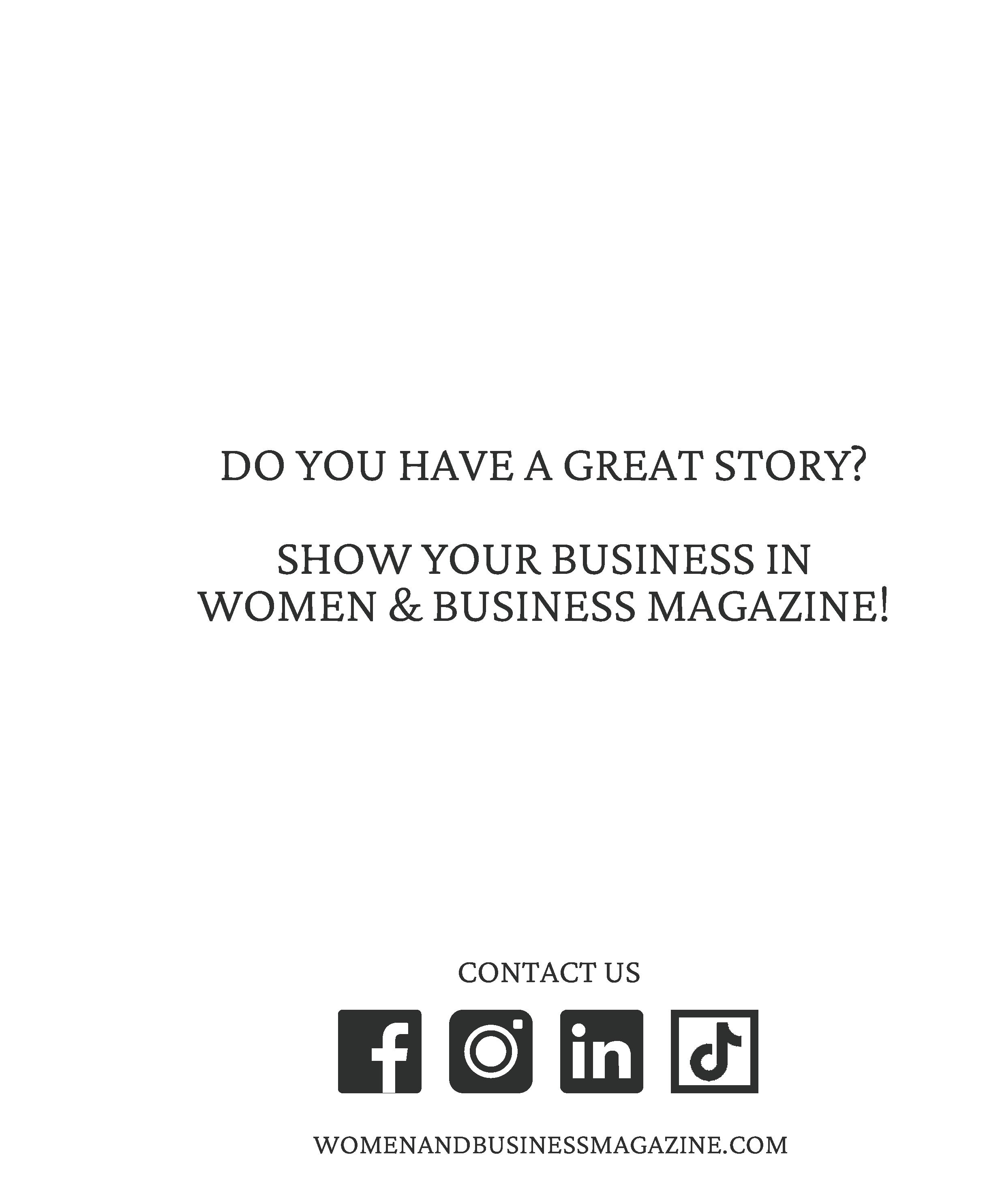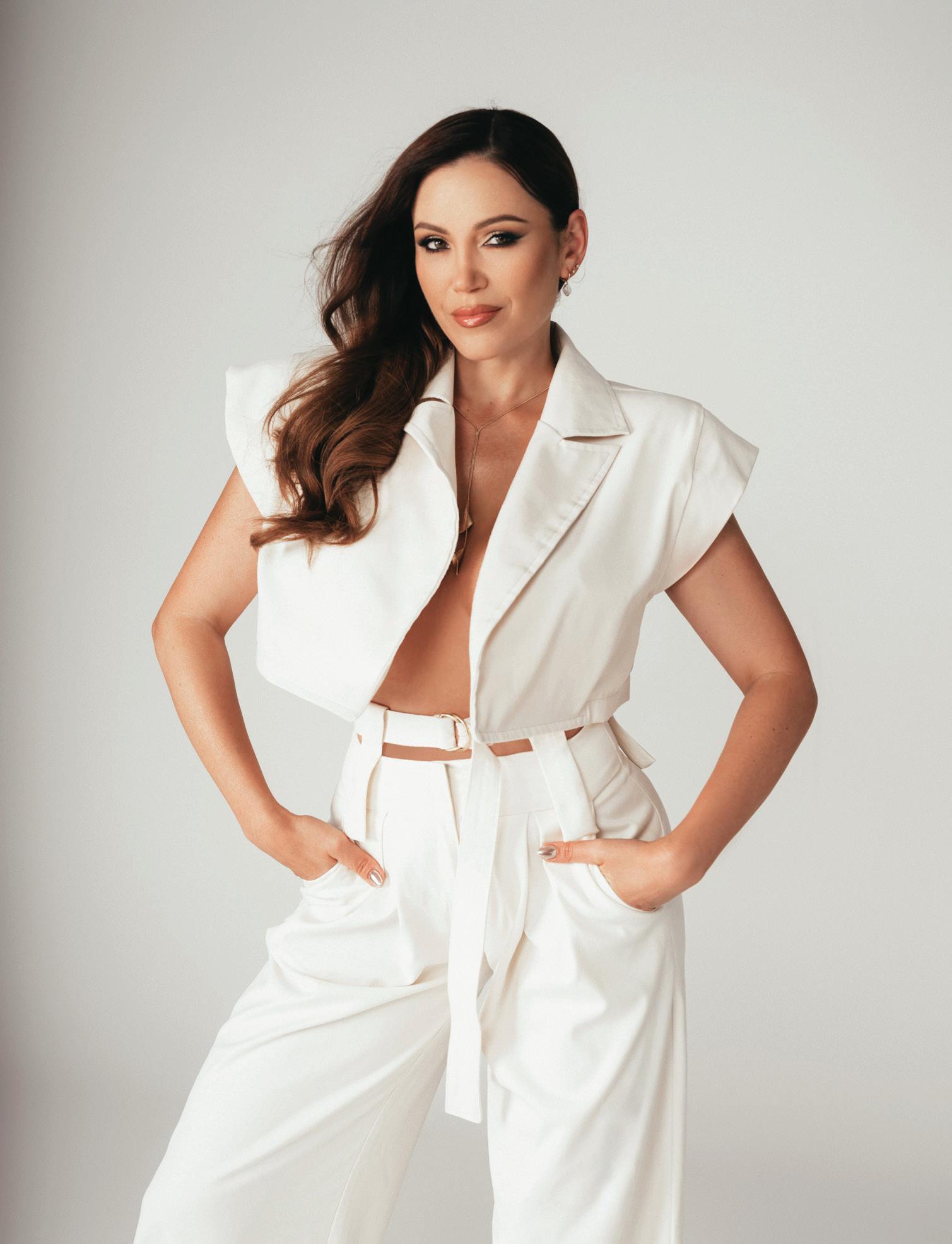THE ART AND BUSINESS OF MULTICULTURALISM:
A Journey Through Cities

The good, the bad, and the real EDUCATION IN FINLAND
International collaborations foster creativity, openness, and understanding

THE ART AND BUSINESS OF MULTICULTURALISM:

The good, the bad, and the real EDUCATION IN FINLAND
International collaborations foster creativity, openness, and understanding
3 Letter from the Editor
&
6 DALMANIA: The Rolls Royce of Hostess Agencies – Interview with Dalma Perger-Erdélyi
12 From surroundings to art – Maxime Zemouli's creative inspirations
18 Discovering the Elegance of Tia Design Jewelry
22 Redefining Beauty and Empowerment through Makeup Artistry
26 Education in Finland (part 1) – By Tania Rodriguez-Kaarto
30 Navigating Challenges and Celebrating Creativity – Interview with a Successful Private Chef
34 Can women make money?
38 The Art and Business of Multiculturalism – A Journey Through Cities
44 Content Trailblazers – The Future of Marketing is Smart & Sexy
46 TOP 100 Women in Power
47 Wibe Program – Women in Business Evolve Program
48 Your Ultimate Guide to Preparing for a Podcast Guest Appearance
52 “International collaborations foster creativity, openness, and understanding”
LHello Dear Reader,
Welcome to the summer issue of Women & Business Magazine! As the days grow warmer and the sun shines brighter, we are reminded of the importance of balance in our lives, especially as female entrepreneurs. Summer is not only a time for relaxation and rejuvenation but also an opportunity to reflect, plan, and innovate.
In this issue, we delve into the art of productively spending summer while enjoying the much-needed break.
This edition is packed with inspiring stories and practical advice. We feature an exclusive interview with Dalma Perger, the founder of DALMANIA Agency, who shares her journey and insights as a successful entrepreneur. Monika Fischer tackles the question, "Are women able to make money?" in her thought-provoking article. Additionally, Tania Rodriguez-Kaarto provides an in-depth look into the famous Finnish education system, and Vica Bedő offers super practical tips on making a podcast, ensuring you have all the tools you need to start your own and feel confident in your abilities.
We are thrilled to share highlights from our latest virtual conference, Content Trailblazers, where Women & Business Magazine proudly served as a sponsor. The event brought together visionary leaders and innovators from various industries, offering invaluable insights into content creation and digital marketing.

Thank you for being part of our community. We hope this summer issue provides you with the inspiration and tools you need to thrive both personally and professionally. Enjoy the sunshine, embrace new opportunities, and continue supporting and uplifting each other on this incredible journey.
Warmest regards,
Orsi Szabo Dr. Editor-in-Chief Women & Business Magazine


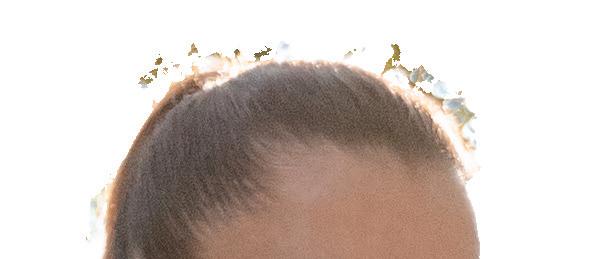
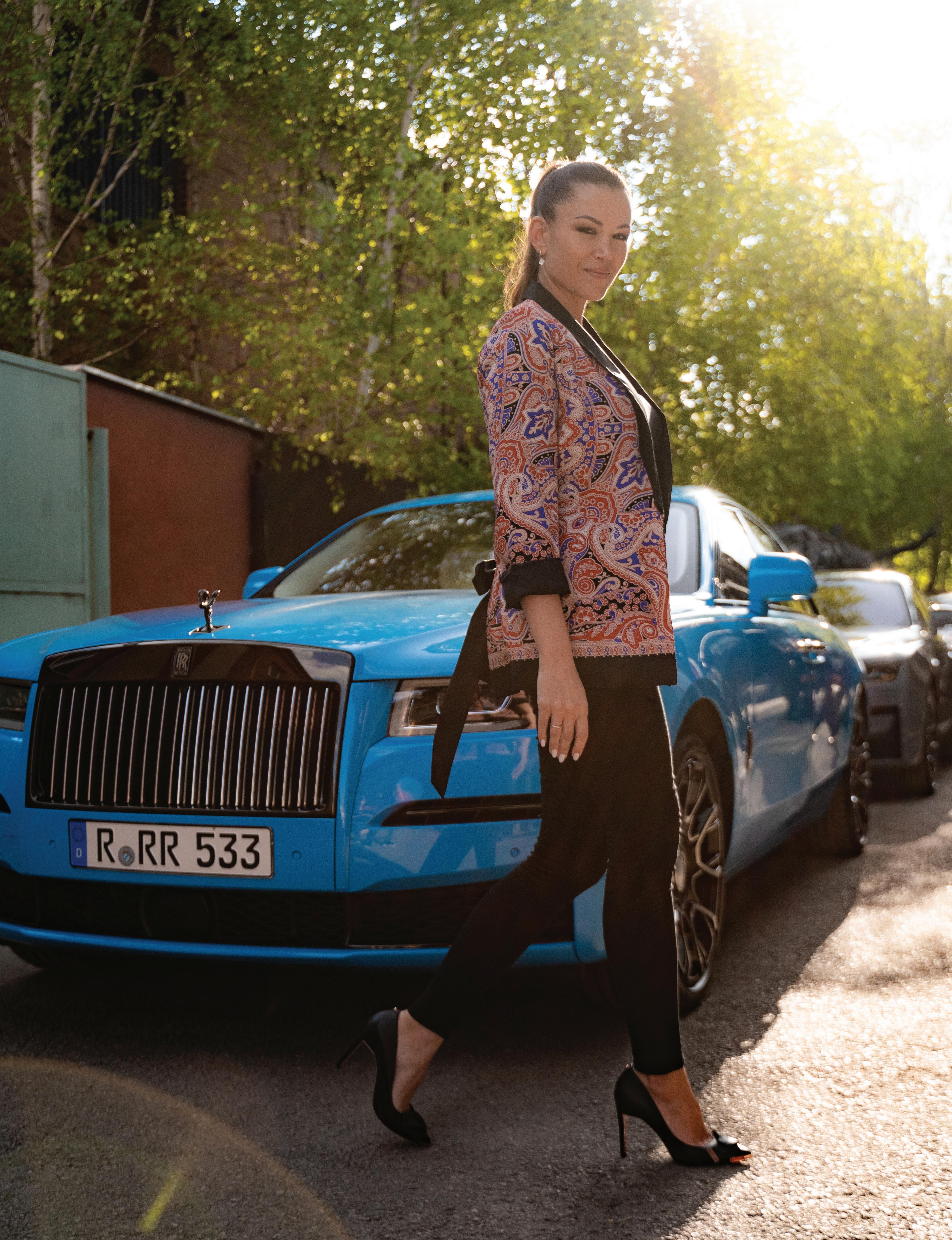

I don’t have dreams,
Harvey Specter I have goals!
How can we read at your website that you have 20+ years experience in the fashion industry. What inspired you to establish Dalmania Agency?
That's right. I worked as a model when I moved from Lake Balaton to Budapest to study Finance and Accounting. Even back then, there were many hostess jobs that required model-looking girls, so if I liked the event and could fit it into my schedule, I would go for hostess jobs. I often mention to my team that you have to go out, get experience, meet people, and you can build a network from that. It was a huge realization for me as a student how much more model jobs attracted me when I went to hostess jobs. Where I worked, they immediately recognized how punctual, precise, and organized I was, so after a few sessions, I could coordinate and manage the girls. I already knew everyone who was a beauty contestant or a model, so it wasn't too tricky. My clients knew immediately who to go to for promotions, exhibitions, and business events. Inspired by this, I dreamt that if I had studied business management and the world of marketing was the closest to me, I wanted to deliver a higher standard of service on my terms, and so DALMANIA Agency, my small boutique agency for hostess & model placement, was born.

What challenges did you face when starting your business and how did you overcome them? How big was the competition in the business industry?
The most significant challenge was that although I studied finance, I had yet to learn about tax rules, service and revenue decisions, what form of company to choose, etc. Everyone in Hungary needs to experience these things, read up on them, study the options, and, where appropriate, decide on changes that will make the business run better and smoother.
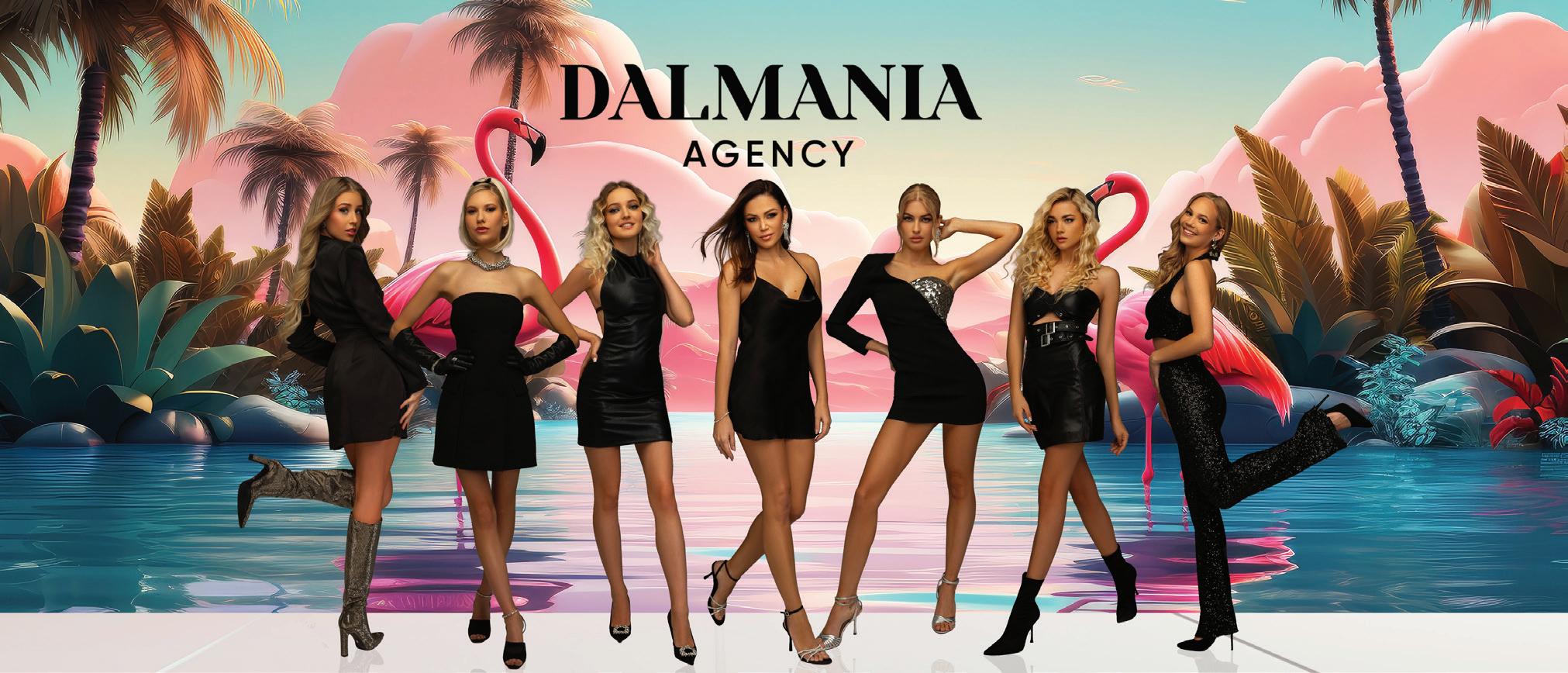
Competition has always been very fierce. Lots of agencies pop up and disappear; I have seen a few over the years. I have very strong standards set in my mind and at a business level, which makes the competition only good for me because it pushes clients towards me. The worse they do, the more clients come to me.
What do you think is your unique selling point? What makes Dalmania different from other agencies?
The uniqueness of my agency is that I strive for quality rather than quantity. Both in the registration of hostesses, hosts, models and in the selection of clients and events. Only a few people can do that. I take the time to think through the process of a project, look at the reality and the pitfalls, and outline to my client how it can be done more smoothly, cost-effectively, and result-oriented. I don't take on anything I wouldn't do myself; the girls know this and are confident about applying for jobs because they are safe. Why is this important? I can put together a good team if they know they will be paid and will only be entrusted with a task they have undertaken.
As an agency, I have to represent the interests of both parties, keep the client happy, and keep the employee happy; it's a win-win situation where everyone is happy, and you're already sending 5* in Google Reviews!
Managing people, especially women, is always challenging. How do you select the right hostesses, models, and staff for various projects?
After all this time, I can say that organizing is my life! I'm a professional in my field, and I've seen so many situations that I can handle people with ease, and managing them is not a problem for me.
The interesting thing about this profession is that in our very fast digital world, it is an offline service. Of course, a lot of the background work is done online, but for a business event registration at the Várkert Bazaar, an international exhibition, or a photo shoot, we are physically involved.
We usually select hostesses and models for the event based on the clients and their marketing criteria. Generally, I always register my team according to my clientele to get as much work as possible from me.
I can see what qualities they are looking for and what kind of look and feel the clients are looking for. Of course, girls also develop on the job, and beginners are not excluded because anyone who is friendly, enthusiastic, eager to work, and pretty is a DALMANIA "character."
What has been the most memorable campaign or event you have worked on?
I would like to mention two of my favorites. One was the Rolls Royce press conference in Hungary, where I was finally able to use the slogan "DALMANIA, the Rolls Royce of Hostess Agencies." The other was a fashion show by Hungarian designer Lozar and artist Silvio Monti. The location was also special, as the Buda Castle-Turkish Garden hosted the event. Silvio Monti's creations were on the clothes. All this was presented on beautiful DALMANIA Agency models.

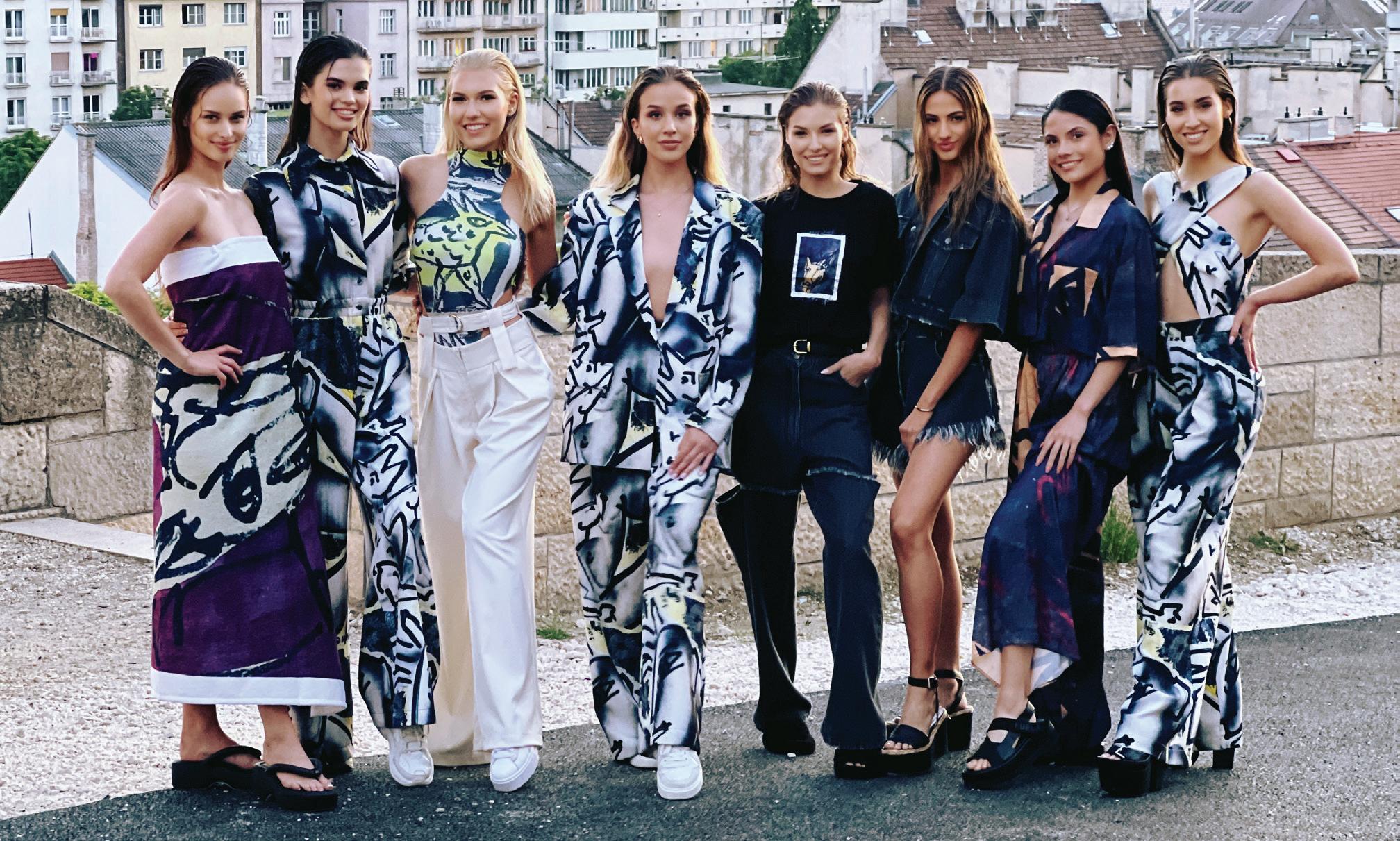
What new projects are you currently working on that are particularly exciting for you?
My favourite current project, which we have been working on for months, is the European Championship promotion of the vegas.hu betting site. Every day, 6 girls and 6 boys go around the city in 3 pick-up trucks and visit the most visited soccer viewing spots. A real classic promotion, where they promote the site and the 50 million prize draw, I hope to see a lot of them around town.
How do you feel about being a "mompreneur"?
The hardest part of being a female entrepreneur is time management. The title WIFE-MOM-BOSS sounds cool, but we women have to balance a lot more information and activities than men. Is it difficult? Yes! We can do it! Clearly!
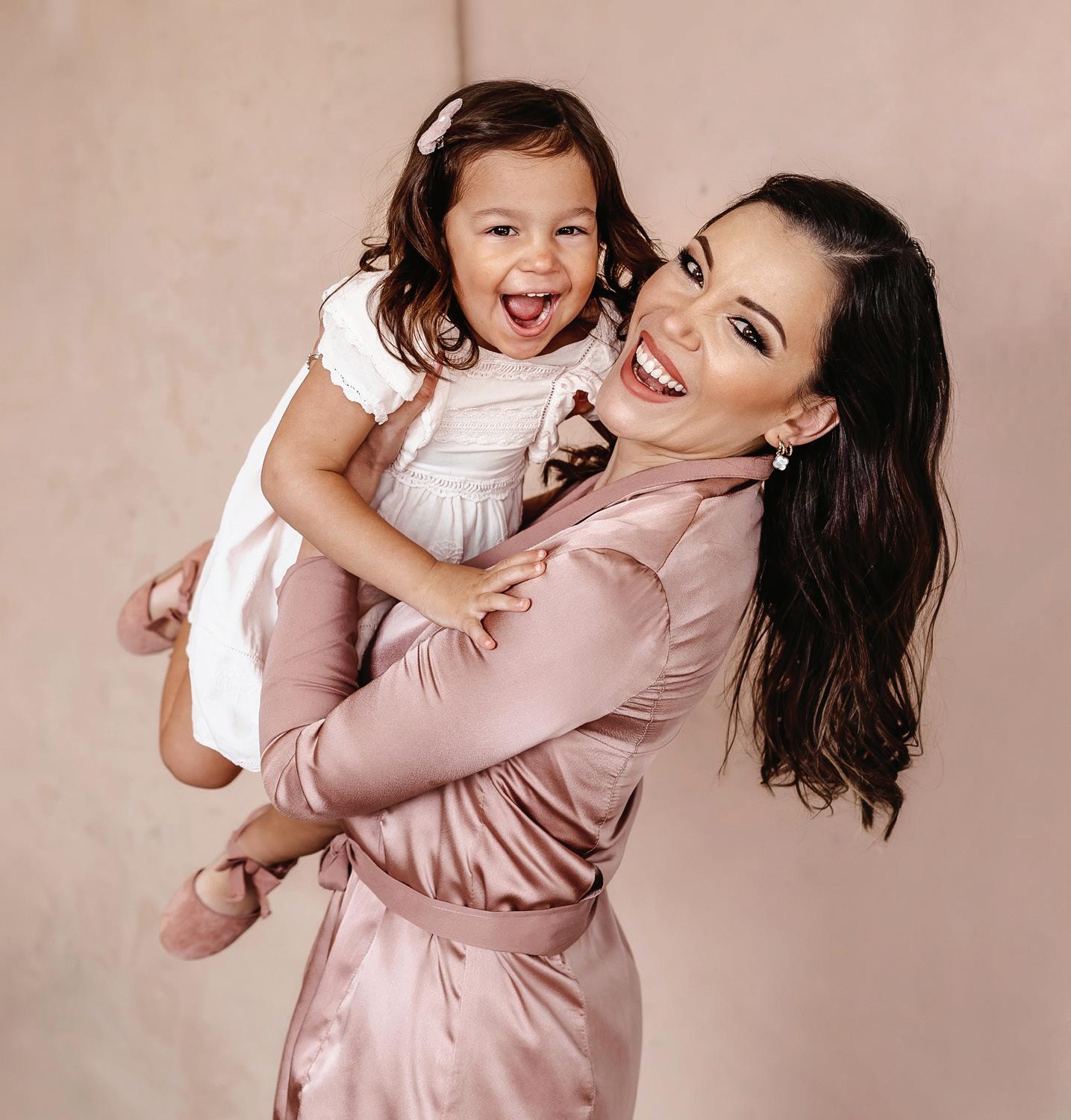
I think it's important not to fall into the trap of work mania and to take enough time for our family and ourselves! I try to make sure that there is room for time alone with my Husband, I can get at least one workout a day and I can spend time with my little girl.
A fitting quote I came across recently is "You can't stop the waves, but you can learn to surf."

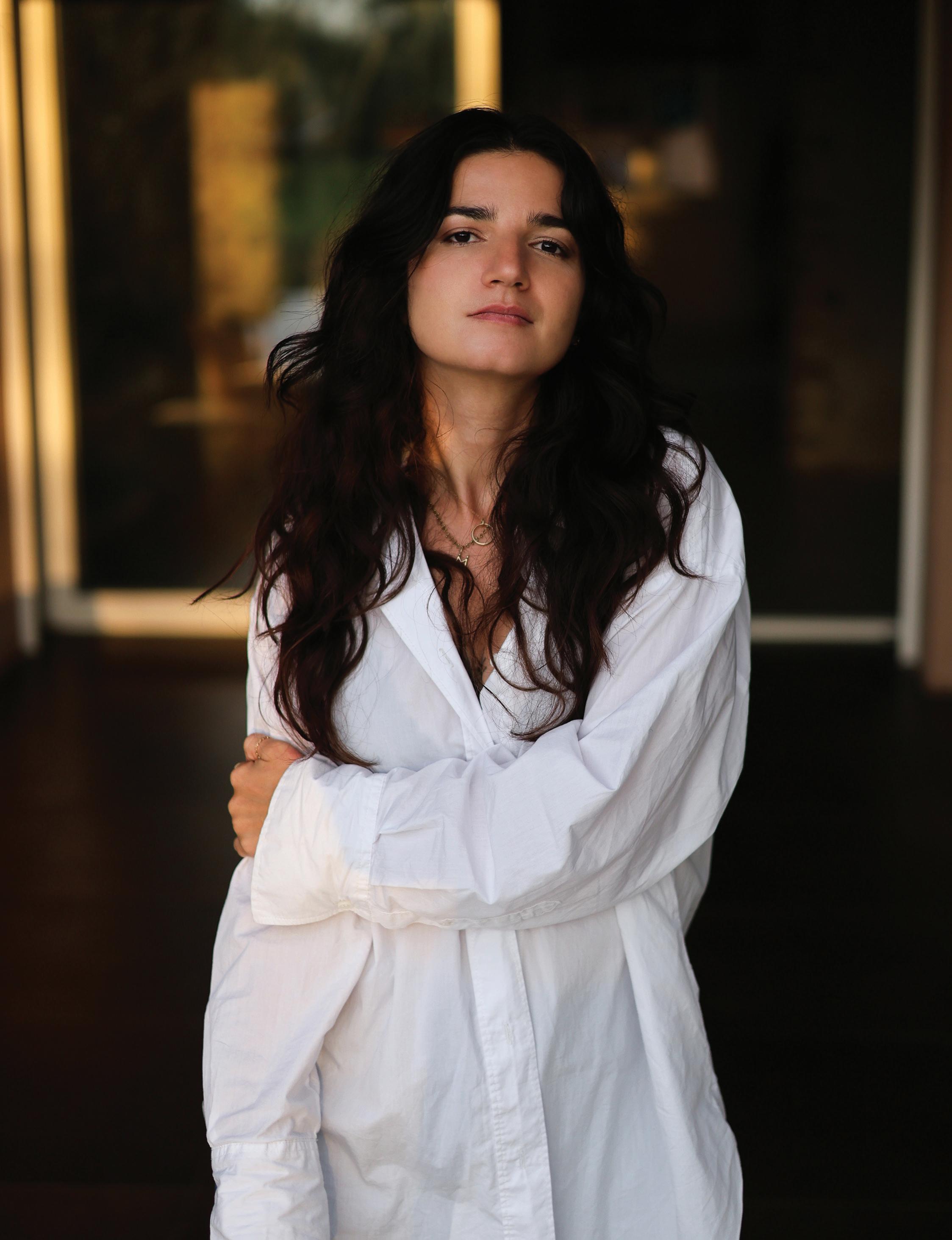
Can you tell us about your journey to becoming a creative designer?
In high school, I decided to study art. I went on to fashion school to become a stylist but soon discovered that my real passion was illustration. My first job as a junior Fashion Pattern Designer at Swildens confirmed this direction.
I then worked as a Junior Art Director at a company producing commercials, music videos, and documentaries. There, I collaborated with renowned directors and artists such as Peter Lindbergh, Ellen Von Unwerth, and Barnaby Roper, translating their artistic visions and intentions.
This experience enriched me, but I missed illustration. So I joined Ba&sh as a Fashion Pattern Designer, where I worked for three years before deciding to strike out on my own. This career path enabled me to acquire a global vision and develop my creativity in different fields while returning to my passion for illustration.
What inspired you to specialize in illustration and design?
Specializing in illustration and design emerged organically from my professional experiences. I quickly realized that limiting myself to design or illustration alone would not fully satisfy my creativity. Over time, I was able to shape a unique role that harmoniously blends my various passions: fashion, illustration, art and design. Since my childhood, these fields have always captivated me, and today, I'm lucky enough to merge them into my daily work, creating a career path that truly reflects who I am.
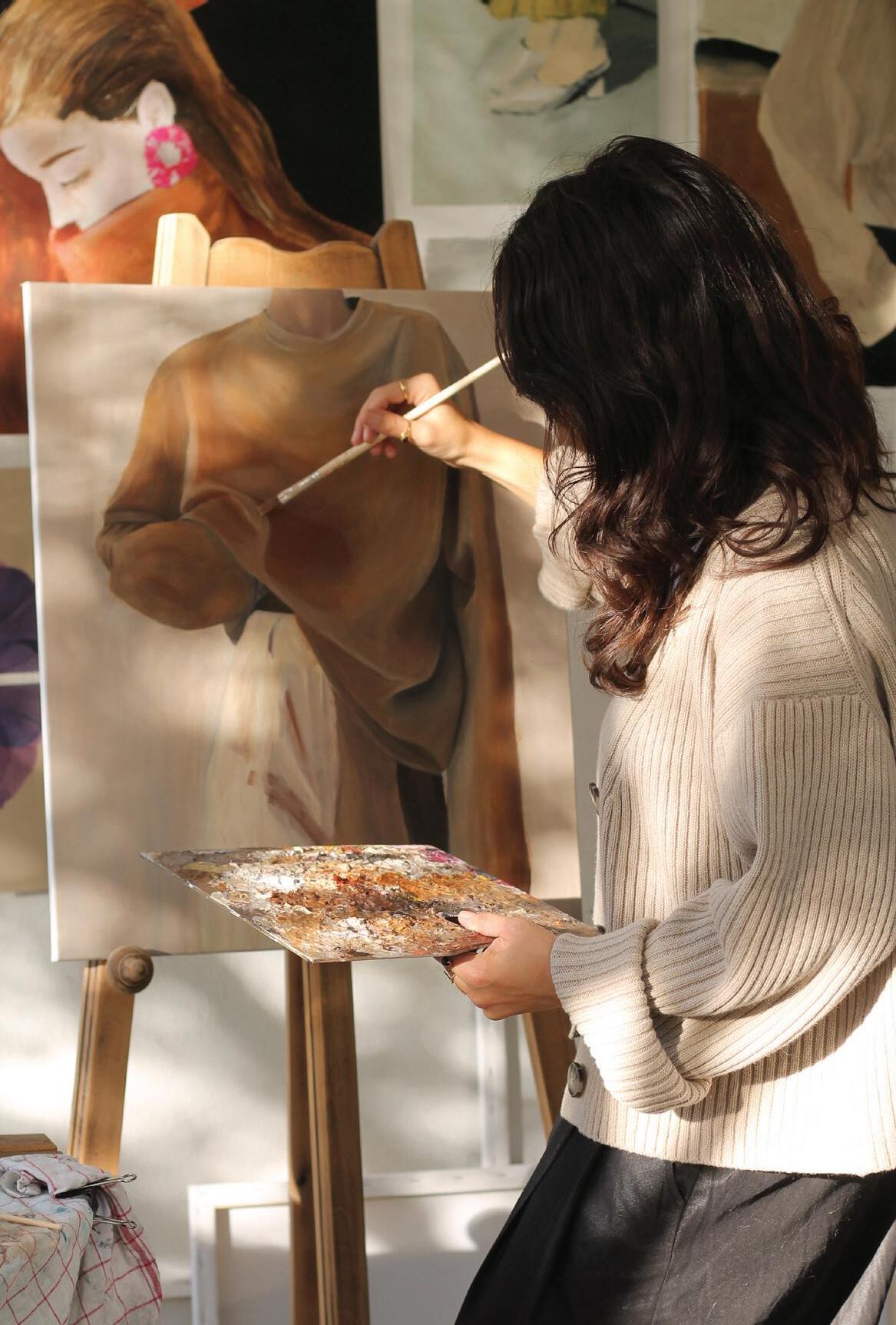
Could you share some details about your most notable collaborations?
One of my most memorable collaborations was with the women's readyto-wear brand, Maksu. This adventure began last year thanks to Paloma, a former intern I had recruited as an assistant stylist at Ba&sh. Now a stylist at Maksu, she invited me to work on the prints for the SS 2024 collection. The experience was a real outlet for my creativity. I took up the challenge of integrating their DNA while adding my personal touch and technical expertise. This project allowed me to push back my limits and reinvent myself, a challenge as exciting as it was rewarding.
Another memorable collaboration was with Isabelle from Edito Paris. Together, we created a collection of wallpapers and panoramics. It was the first time that both of us worked on wallpaper, and I discovered the unique complexity of this product. Accustomed to the technical challenges of clothing and linens, I had to adapt to a whole new scale. For example, I drew illustrations 2 meters high, whereas I usually worked with no more than 80 cm dimensions. This adventure was a real revelation, and I'm very proud of this magnificent collection, which is still on sale.
How do you approach creating a unique visual identity for a brand?
To create a unique visual identity, I start with an immersive process with the brand. I ask them for keywords that evoke their essence, photos, and inspirations that resonate with them or, on the contrary, elements they dislike. Although this approach may seem restrictive, it provides me with invaluable keys to deciphering their aesthetic and saving time. Then, using mood boards, I create one or more artistic directions, taking up their inspirations while leading them down paths they might not otherwise have explored. The idea is to deeply understand the customer while bringing a fresh vision consistent with their DNA. Creating a visual identity is a complex exercise, a real balance between understanding, creativity, and innovation, but this challenge makes the process so exciting.
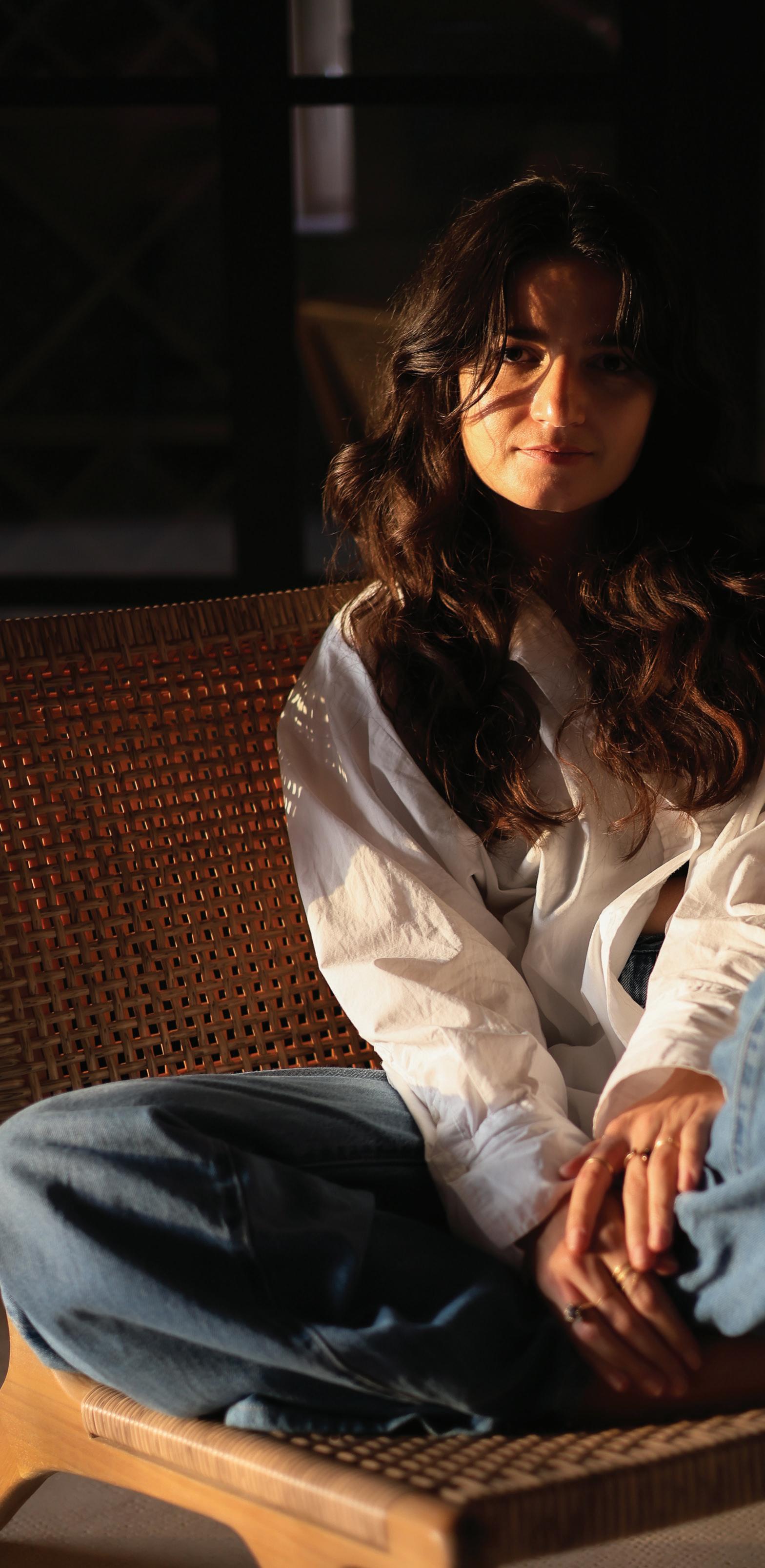
What challenges have you faced as a freelance designer, and how have you overcome them?
One of my biggest challenges is meeting new customers for the first time. Like many women, I suffer from impostor syndrome,
which manifests itself particularly in moments of doubt or high pressure, such as when presenting projects in front of several people. To overcome this, I continually work on myself and rely on the support of family and friends to regain my confidence.

As a freelance designer, doubt is a frequent companion and can be isolating. That's why I find it essential to regularly share my emotions with others, as their perspectives shed new and calming light on my doubts. This support network and these exchanges help me remain resilient and move forward despite the challenges.
You are also the co-founder of a creative studio. What motivated you to co-found Vé Studio, and what is its mission?
My husband and I set up Vé Studio just under a year ago. At the time, I had fewer clients, and he was going through a career transition. We knew our skills were complementary: He excels in digital communications and social network strategy, while I specialize in art direction for fashion, art, and design. Having worked together before, we decided to embark on this joint project.
Vé Studio's primary mission is to showcase the local craft, art, and design talents of southeastern France through inspiring, unique, and strategic communications. We want to convey the creative richness of our region, using our skills to amplify the voices of these artisans and artists.
How can you use your skills in an agency?
My Parisian experience is a significant asset for Vé Studio, and my real added value lies in my unique eye. That's why we decided to offer photography and video services. During my higher education, I spent a year specializing in fashion image and communication, where I acquired the basics of photography and video, skills that are very useful to me today.
All my skills are mobilized at Vé Studio. I can create a new artistic direction for an ice cream parlor, develop an innovative packaging identity, or define a new photographic direction for a prestigious estate, including a gourmet restaurant and a hotel. My diverse background enables me to adapt to different projects and bring a creative and professional touch to each one.
What prompted your move from Paris to southeast France, and how has this region influenced your work and lifestyle?
Originally from southeast France, I always knew that Paris would not be my final destination. After 11 years in the capital, it was essential for me to return to my home region. The Covid-19 pandemic accelerated my partner's and my decision to move. We had experienced the confines of our Parisian apartment and felt the need for space and nature.
When we arrived, I initially continued to work with my Parisian customers, but I quickly became frustrated. In France, Paris often remains the nerve center of fashion, art, and design, and I gradually detached myself from this centralization. As Vé Studio grows and my freelance career evolves, I strive to promote the creativity, know-how, and quality of our region's artists and craftspeople. This approach is highly enriching and allows me to meet new people daily.
Can you describe the creative community and opportunities in southeast France compared to Paris?
As I've explored the art scene, I've noticed that many artists exhibit internationally or in Paris while choosing to live in larger spaces in the south of France. Similarly, many artisans are based in places other than Paris.
Often, these companies, artists, and artisans collaborate with Parisian agencies or have small offices in Paris but lack a local presence to express their work, which is done entirely locally. This centralization of communication creates an opportunity both for Vé Studio and for my work as a freelancer: collaborating locally with them and thus reaffirming the rare pearls of our region through work done with local talent, as we do.
For me, it makes a lot of sense to be part of this local dynamic and to highlight our artistic and craft heritage.
How does living in southeast France inspire your designs and creative projects?
Everything around me is a constant source of inspiration. I work intuitively, absorbing influences from my surroundings. Local artists, designers, and craftspeople also feed me with their creativity. Living close to the sea and mountains is a real asset for my creativity, offering varied landscapes less than an hour's drive away.
Moreover, over time, I've discovered some exceptional places just a few kilometers from home, like LUMA in Arles, a major cultural and artistic center. This proximity allows me to explore new structures and gradually enrich my creative projects.
It's a real opportunity to reinvent myself, thanks to this move.
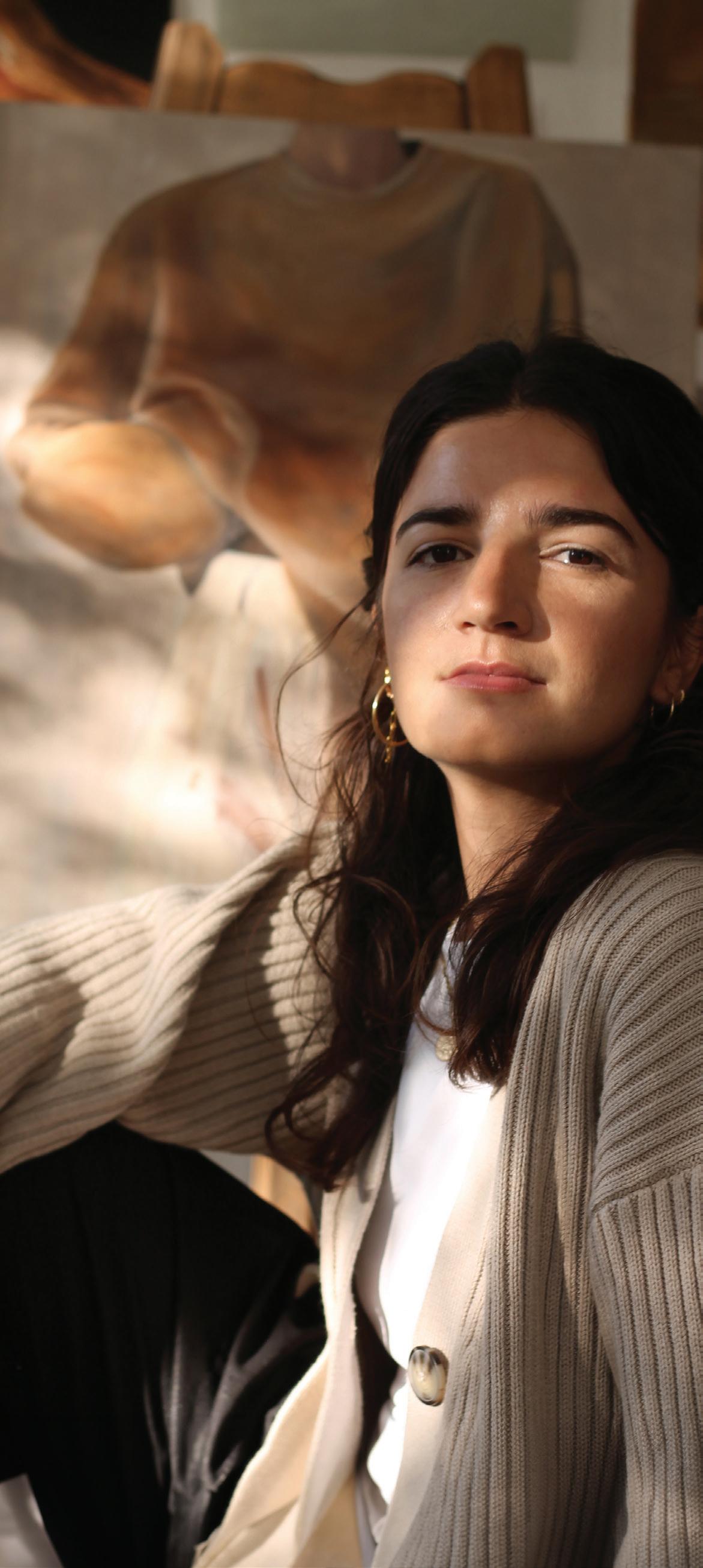

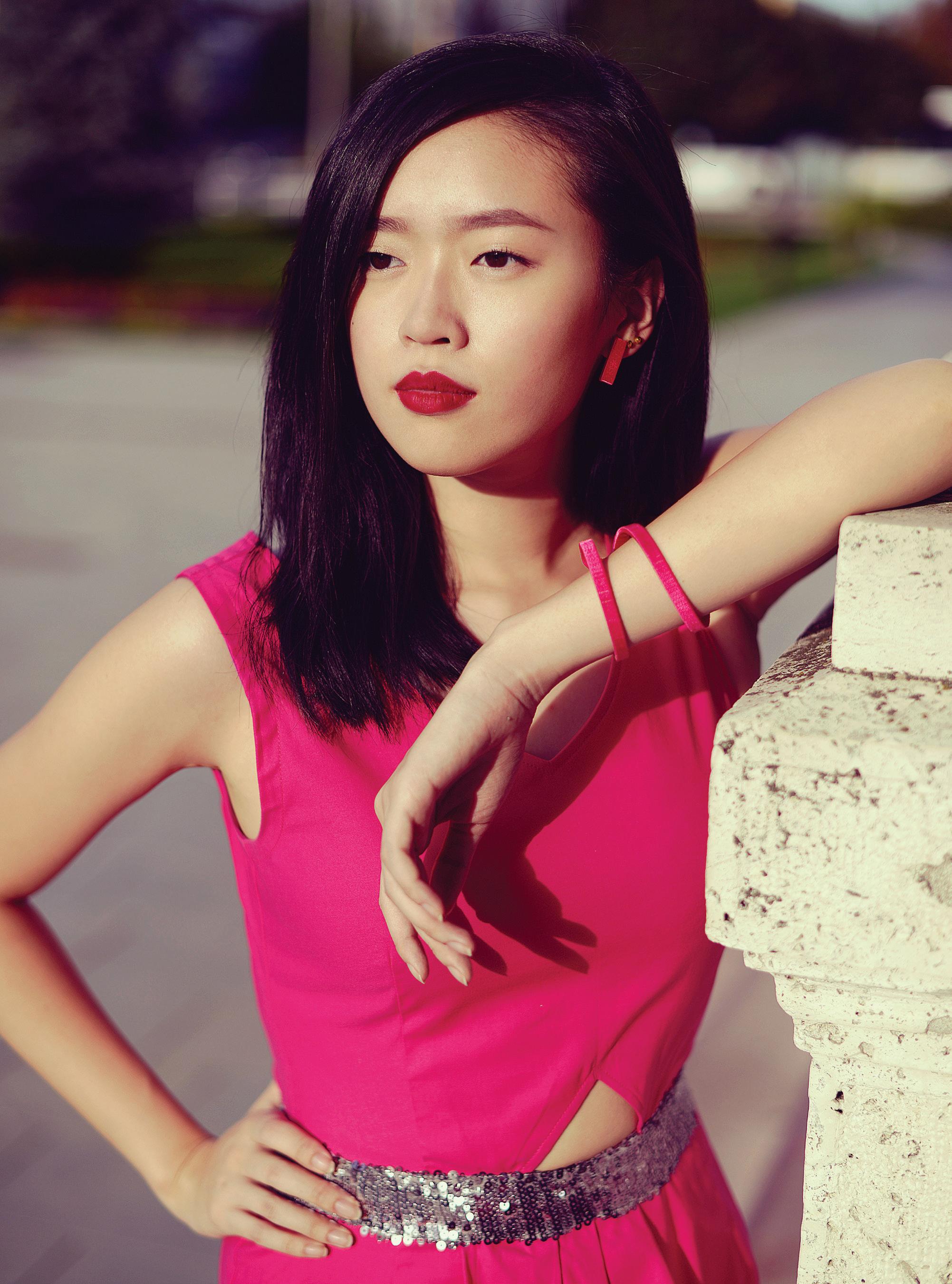
In the ever-evolving realm of unique jewelry, Tia Design Jewelry stands as a beacon of intricate craftsmanship and innovative design. As we delve into the creative universe of this remarkable brand, we uncover the inspirations, challenges, and sustainable practices that shape its stunning collections. Join us for an exclusive interview with Adrienn the visionary behind Tia Design Jewelry, where artistry meets ethical elegance.
Your jewelry designs are known for their unique and intricate details. Can you walk us through your creative process and where you draw your inspiration from?
My creative process is characterized by free experimentation. I like to test my envisioned pieces before fully creating the collections. The term "envisioned" is quite fitting here because my best ideas often come to me just before falling asleep. There have also been instances where my daughter has inspired me. For example, one of my necklaces was inspired by Pocahontas.
As a successful jewelry designer, what have been the biggest challenges you’ve faced in the industry, and how have you overcome them?
The most significant challenge has been maintaining a continuous and diverse presence on social media. It's not something that comes naturally to me. There's a saying that if you’re not visible, you’re not playing. This is especially true for design products.
If your creations don't appear online consistently, people are less likely to remember you. It's different if you have a permanent shop or a regular fair location. I strive to participate in designer events, with one of my favorites being the La Dolce Vita Fashion Show, held for the fifth time this summer. This year, for the first time, my jewelry was showcased as a standalone brand on the runway, which was a huge challenge! Unlike a clothing collection, jewelry is small and requires a way to draw the audience’s attention. Despite this, I thoroughly enjoyed the preparation moments, and it was a great joy to present the 2024 summer collection to hundreds of people.
Creating jewelry requires both creative and business acumen. How do you balance the artistic side with the practical aspects of managing your brand?
Managing the brand is a challenging task. As an individual entrepreneur, you need to have some understanding of everything.
Fortunately, I have enough experience in personal sales through fairs and exhibitions. I generally find it easy to connect with interested customers. If you can see which color and shape suit them, it’s easier to turn a browser into a buyer.
Sustainability is becoming increasingly important in the fashion industry. How do you incorporate ethical practices and sustainability into your jewelry design and production processes?
Recycling is becoming more prominent these days, and I also consider it important. Most of my jewelry is made from recycled plastic, or P.E.T., which is then adorned with various embroidery threads of different lusters, colors, and textures.


Following the zero-waste principle, I can use 100% of the materials for making the jewelry, with no waste or unnecessary parts.
What advice would you give to aspiring jewelry designers, especially women looking to break into the industry and start their own brands?
In today's world, a good idea or a unique product execution is not enough. It’s crucial to showcase your work on multiple platforms. High-quality photos of your work are essential. Alongside this, although it might sound cliché, persistence and humility are extremely important.
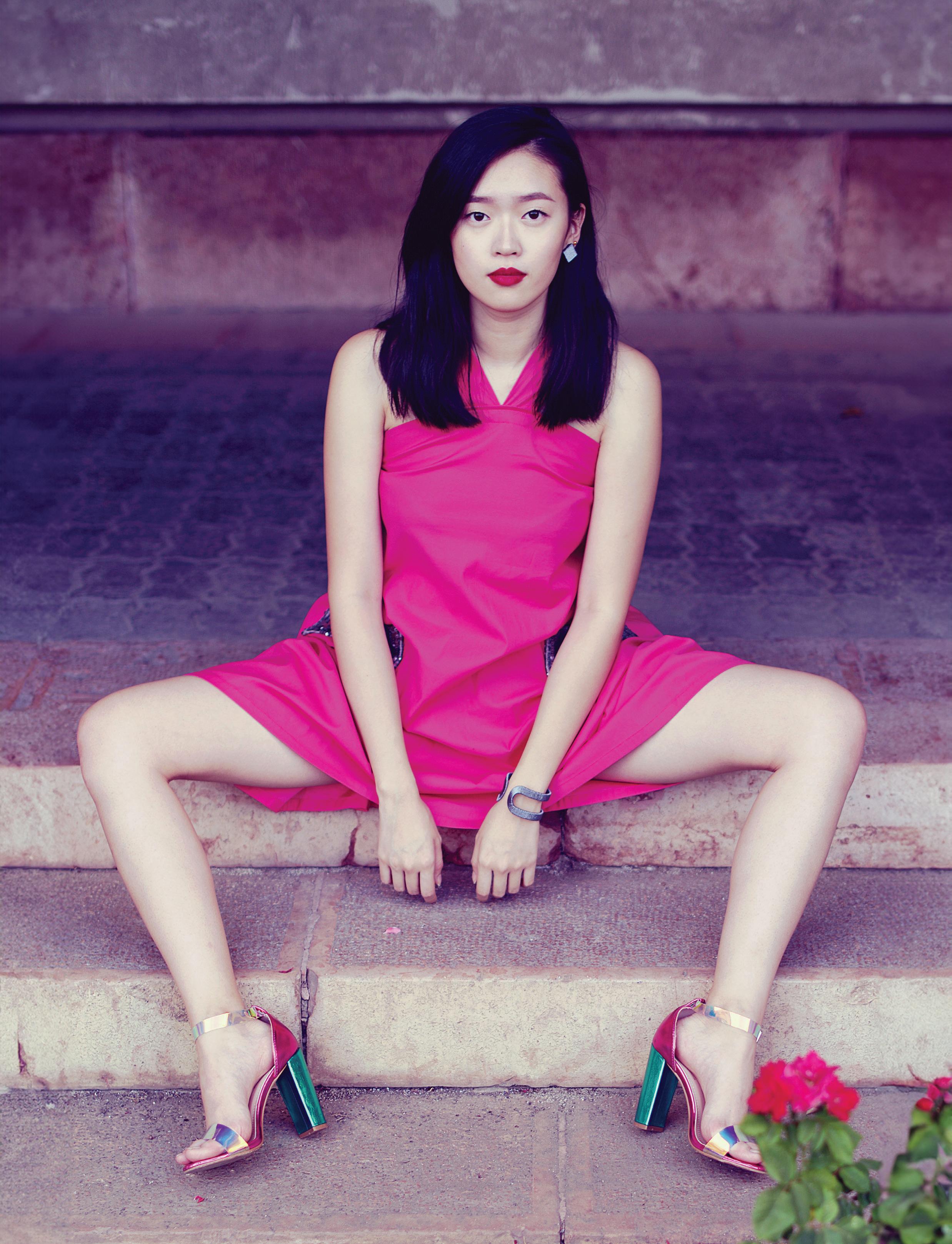
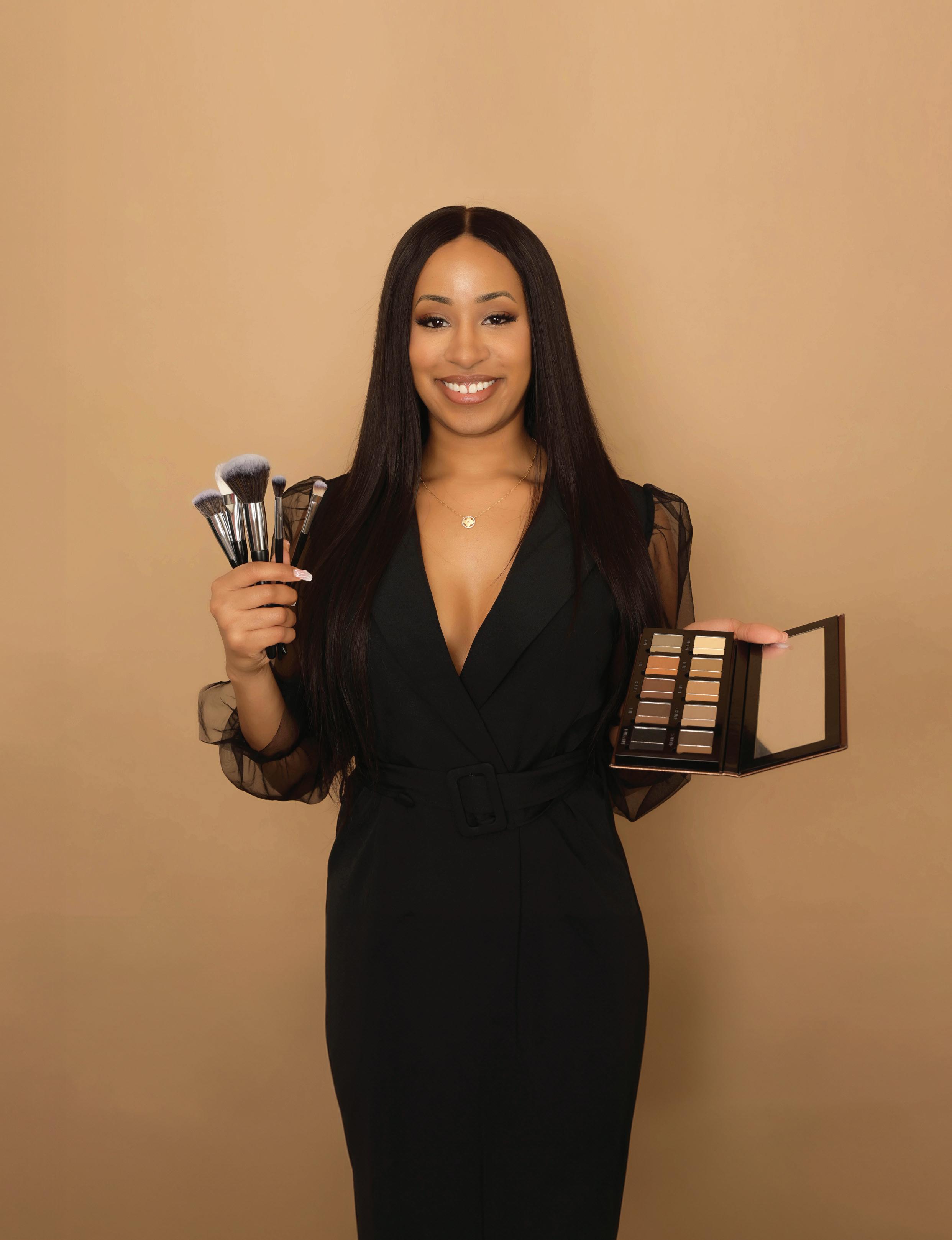
In the vibrant world of beauty and fashion, few names resonate as powerfully as Syd. A rising star in the makeup industry, Syd's journey from a passionate enthusiast to a professional makeup artist is nothing short of inspiring. With an education from Boss Beauty Makeup Academy in Dallas, Texas, and a certification that has opened numerous doors, Syd has firmly established herself as a creative force to be reckoned with. Her work, characterized by a bold, innovative approach, not only transforms faces but also empowers and inspires confidence in her clients. In this exclusive interview, Syd shares her path to success, her inspirations, and her vision for the future of makeup artistry. Photography by the talented Anna Kirschner adds a stunning visual dimension to Syd's story.
Join us as we delve into the fascinating world of Syd, where makeup transcends mere application to become an art form and a tool for empowerment.
Can you share with us how you first got into the makeup industry?
I first got into the makeup industry last year when I attended a program at Boss Beauty Makeup Academy in Dallas, Texas. I had found my love for makeup 10 years ago and I finally decided to follow my dreams of becoming a makeup artist and enhancing my skills by enrolling into makeup school to extend my education. My certification has granted me various opportunities in the beauty and fashion industry. For that I am grateful I finally motivated myself to grow not only as a makeup artist, but as a strong, independent young woman.
What or who inspired you to pursue a career as a makeup artist?
To be honest I never intended on being a makeup artist at first because I wanted to work on the business side of the industry and have my own cosmetics brand. I decided to become a makeup artist when I realized to have a successful makeup brand I need to be hands on while conducting market research. Don’t get me wrong I love makeup artistry, but before I was certified, I didn’t believe in myself enough to work on any other face other than my own. Being artistic stems from my childhood, drawing and painting have always been my passion, but I stepped away for years because I did not know what I wanted to do in life yet. I later found my love for makeup and decided to rekindle that passion I have for art by starting my own beauty business. Hanan Ibrahim, co-owner and founder of Boss Beauty Makeup Academy is who inspired me to jumpstart my beauty career. I first seen Hanan and her sister, Suha on season 15 of Bad Girls Club and immediately they were my favorite sisters on that season.
Shortly after the show I began following Hanan’s beauty career when she first started creating beauty tutorials on YouTube back in 2015. I remember how exciting she made the makeup industry sound by discussing her career as a makeup artist, encouraging other women to pursue their dreams in the industry, which is the main reason why I decided to become a MUA. In her videos, she would also discuss her upbringing and how she entered the makeup industry. That’s when I realized we have a lot in common, raised by single mothers, growing up in poverty, and started working at a young age. Their mother always encouraged them to be strong, independent women just like my mother has always taught me to be. I was taught to never rely on anyone, work hard and be independent... that’s what keeps me motivated.
The beauty industry is constantly evolving. How do you stay ahead of trends and innovations, and how do you incorporate them into your work?
The makeup industry is constantly evolving so to keep up with the latest trends I am constantly researching via social media for new, fun, and innovative looks to recreate with my own spin. It all begins with thinking outside of the box and not limiting yourself to one specific way of creating a makeup look because in the makeup industry there is no right or wrong way to create a look.
Makeup can be a powerful tool for selfexpression and confidence. How do you see your role as a makeup artist in empowering women, and what message do you hope to convey through your work?
I like for my work to convey to other women that there is no wrong or right way to apply or to wear makeup. Makeup is a form of art that allows an artist to express themselves, but also grants me the luxury to make the next person look and feel their most beautiful. I’ve worked with so many different clients and models throughout my journey so I appreciate when they trust me enough to be creative as possible when trying a new look. When people see my bolder work, I want them to see the innovation and creativity I put into that look and realize I’m not an average makeup artist in the Bay Area. I like to distinguish myself and my work amongst the beauty community because there’s so many amazing artists who stick to the same style of makeup artistry. I want my work to be seen and to stand out from the rest of them.
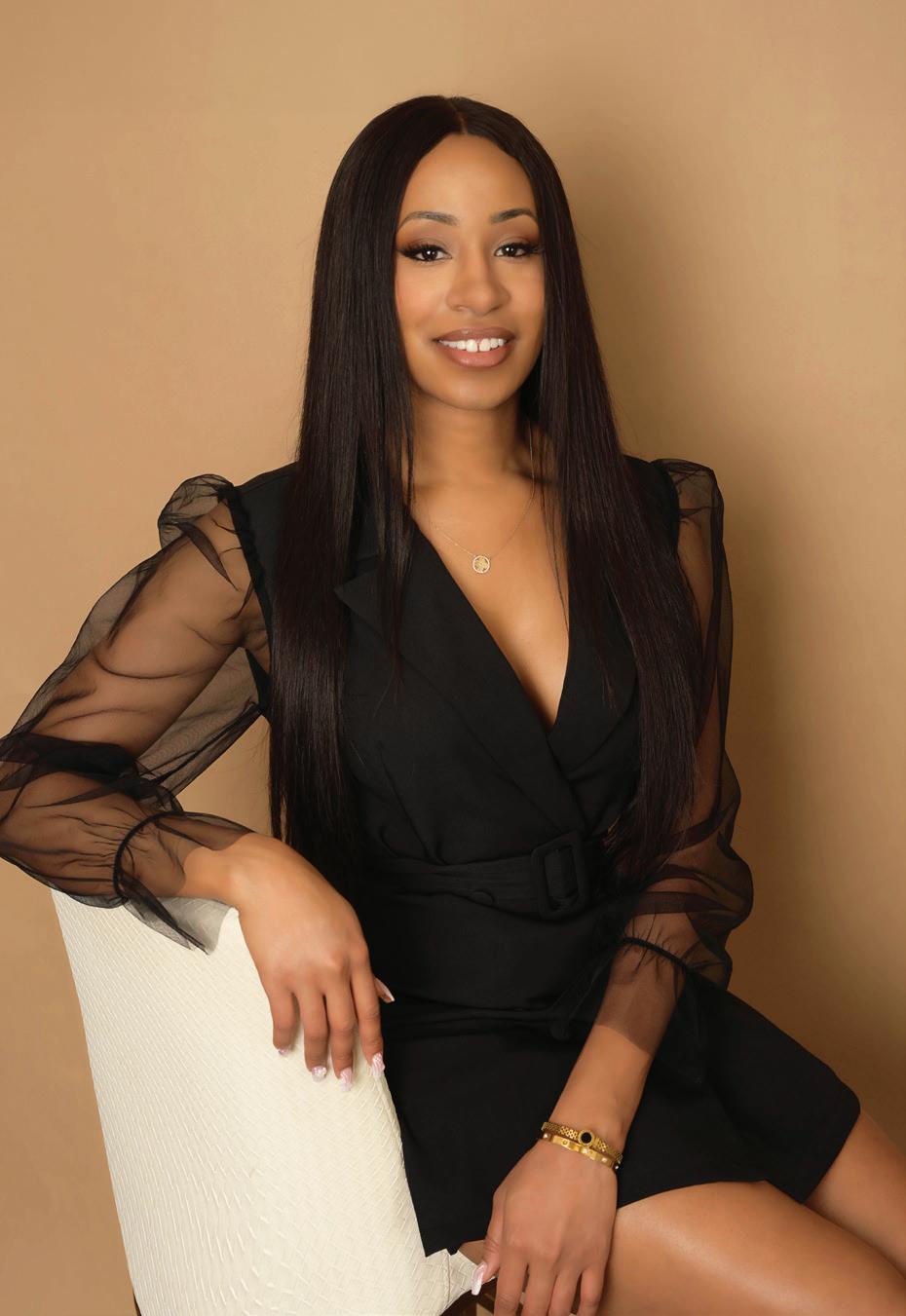
What key pieces of advice would you offer to aspiring makeup artists who are just starting out and looking to make a mark in the beauty industry?
I would advise artist to put yourself and your work out there as much as possible without feeling discouraged, which I understand is easier said than done. It is very easy to feel discouraged starting off in the makeup industry. Especially as someone who is trying to build their clientele and a social media platform as a new business owner. You must also remember that someone will see and appreciate your work even if it just one person which is better than no one viewing your work at all.
My other piece of advice is to know the possibilities are endless and you do not have to limit yourself to one style of makeup. I’m not only known for glam, but my editorial work as well that displays creativity, expressing myself through art and differentiating my work from traditional glam. It is okay to think outside of the box, break away from social norms, and to know it’s not abnormal to separate yourself from the expectations of the beauty industry by sticking to one style of artistry. I would say that has helped me build my confidence as a makeup artist and as a person. I do not limit myself and I am always looking for new and fun ideas to create to improve and enhance my skills.

The good, the bad, and the real Part 1
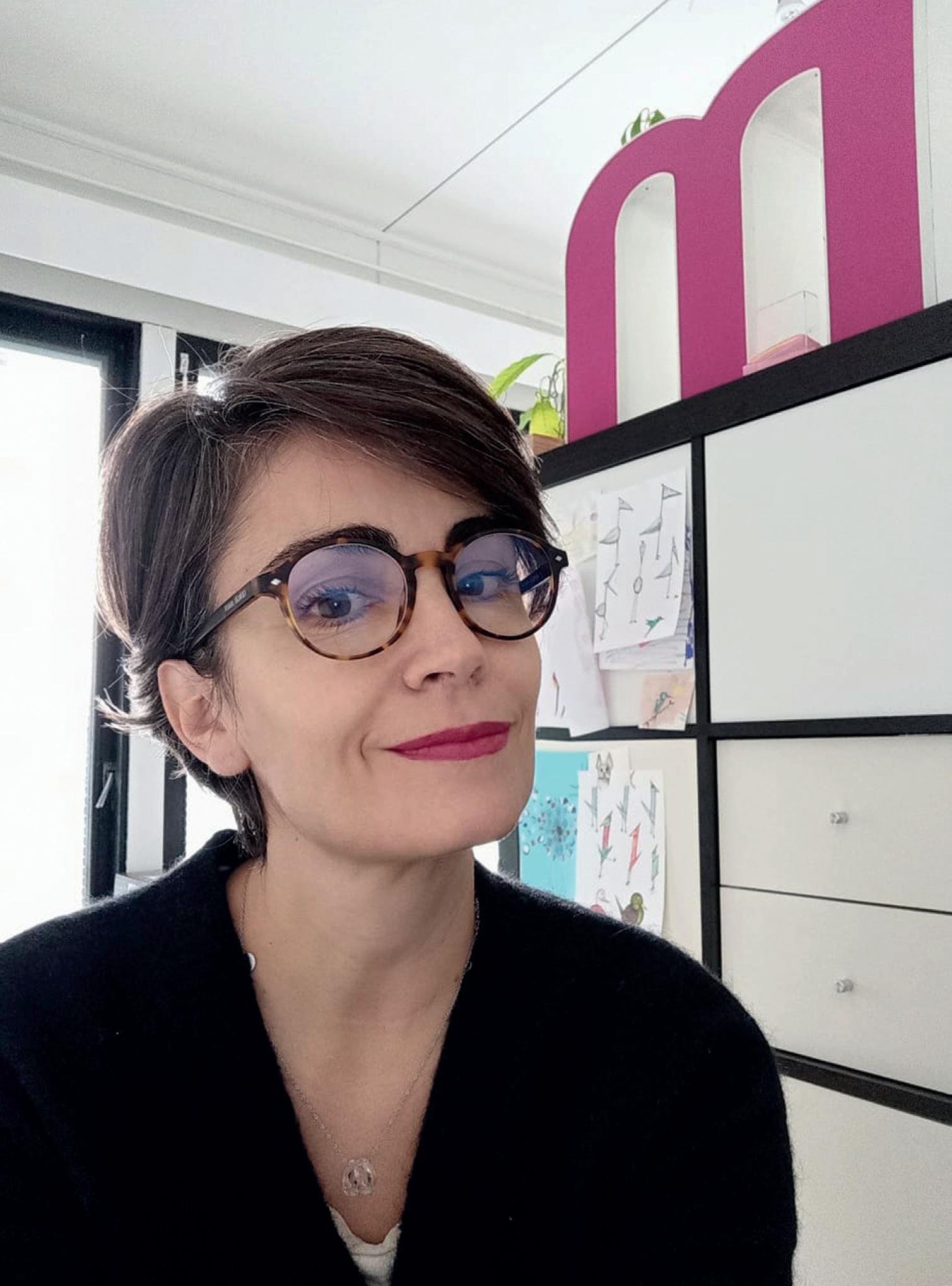
By Tania Rodriguez-Kaarto Doctoral Candidate. Aalto University. Department of Art, Design and Architecture.
Throughout recent decades, Finland has emerged as a global standout, celebrated for its groundbreaking innovations, being nominated as the happiest country in the world for years in a row, robust social welfare system, and notably, its education system. As someone who became a Finnish citizen on the eve of the nation's 100th year of independence in 2017, I am profoundly grateful for the invaluable support the system has afforded my two children.
Drawing upon my academic background in Design, I have delved into various perspectives on learning processes, offering me insights into the distinctive Finnish approach to education. In this opinion article, I aim to provide a concise overview of the evolution of the Finnish education system and a critical examination of one of its key pillars: PhenomenonBased Learning through facts and also my personal experience as a mother of two Finnish born students.
I also offer an insider perspective of the struggles of the system to remain alive and the hidden pitfalls. How internal and world politics have impacted this system in the hopes of painting a fair portrait of the Finnish education system.
Finland, placed among the Nordic nations in Northern Europe, boasts a population of approximately 5.5 million inhabitants. Despite its self-proclaimed status as a "small" nation, Finland is very close to other Scandinavian countries like Denmark, which has nearly six million residents and is considerably smaller in size.
The Finnish basic school system traces its roots back to 1860, although it didn't become compulsory until 1921. This meant that attending the first six grades of basic comprehensive education, later extending to high school, became a requirement for every child in the country. Finland ensured accessibility by situating schools no more than 5 kilometers from residential areas or providing boarding facilities for those residing farther away, alongside offering free school lunches. School days are to this day, relatively short in Finnish schools, with minimal homework. Children typically commence preschool at age six, followed by first grade, typically after turning seven.
Notably, basic education in Finland, whether stateoperated or governmentsupported, comes without tuition fees.
In the 1960s and 1970s, the Finnish educational system underwent a reform driven by principles of social justice, guaranteeing equal educational opportunities for every child. This reform expanded the duration of comprehensive education to nine years (six in primary school and three in high school) and embraced adaptability to cater to individual differences among students. Students were empowered to focus on their areas of interest while receiving support in areas where needed, such as different levels of language or math teaching.
One of the remarkable aspects of the Finnish educational system is its capacity for self-correction and adaptation. By 1985, another reform introduced a new approach to math and language education, making advanced courses accessible to students requiring additional support. This broadened opportunities for less advanced students to pursue higher-level courses with the guidance of teachers, fostering a more inclusive learning environment.
No child left behind.
This is the motto of Finnish education system. A promise to support and include all children in their land, all minorities with no exceptions which have landed this Nordic country the highest PISA score in 2000. Teachers serve as the linchpin of the education system, embodying its essence. The inaugural teacher seminary for Finnish-language primary schools opened its doors in Jyväskylä in 1863, evolving into a university degree program by 1976, offering a combined bachelor's and master’s degree.
The Finnish education system adopts a profoundly learner-centric approach, with teachers assuming the roles of guides and reflective partners in the educational journey. This philosophy aligns closely with a Vygotskian perspective, where teachers facilitate the acquisition of new knowledge by motivating, exemplifying, supporting, and providing resources, while recognizing that the essence of curiosity, discovery, awe, and wonder resides within the learners themselves. In the Finnish education system learning outcomes are measured as
follows: “Learning outcomes are defined as measurable standards that determine what students should know or be able to do as a result of taking a course or completing a program of study.” (Yleisradio, 2013 retrieved 6.06.2024) for which curricula is crafted for. In order to achieve these learning outcomes, the Finnish educational system approaches educations through different theories, perspectives and philosophies such as Phenomenon-based learning, which will be briefly discussed further in this article.
You might wonder about Finland's approach to catering to the needs of special education learners. In Finland, special needs are typically not approached from a diagnostic standpoint. Unless there is a significant physical impediment, neurologically diverse children are not segregated; they attend regular classrooms. Instead, specialized teachers with expertise in developmental or behavioral issues intervene inside or outside the classroom as necessary. For instance, in a typical classroom setting, an additional teacher may be present two to three days a week to support one or two children.
As a rule, children with special needs are integrated into mainstream classrooms rather than being isolated. Extra support is always available on a case-bycase basis and physical and psychological health followups are regular in schools.
Teachers hold a revered position within Finnish society, a sentiment underscored by their remarkable performance during the COVID lockdowns. Despite the abrupt transition to online instruction, teachers swiftly adapted, ensuring continuity in education. Unlike prolonged lockdowns experienced in other regions, Finland's lockdown was comparatively brief. Yet, throughout this period, teachers adeptly steered their courses, enabling students to successfully navigate their academic pursuits.
While the circumstances were less than ideal, the widespread integration of technology in classrooms, even extending to third-grade students (the grade my child was in during the lockdown), facilitated smoother online learning experiences. This reliance on technology proved instrumental in maintaining educational momentum.
The COVID crisis served as a test for teachers' capabilities, and they emerged triumphant, demonstrating resilience and proficiency in navigating unprecedented challenges.
One of the most interesting educational approaches towards education in Finland is Phenomenon-based learning (PhBL). It represents a comprehensive educational approach rooted in realworld challenges. It champions problemsolving, collaboration, and self-directed learning while drawing upon multiple disciplines, transcending traditional subject boundaries. The aim is to cultivate critical thinking, foster creativity, curiosity, and imagination.
In the context of the 21st century, PhBL emphasizes skills that transcend specific domains, recognizing that expertise requires not only deep knowledge within a field but also the ability to integrate diverse information from various sources. Whether addressing climate change or racism, PhBL
promotes an interdisciplinary and collaborative ethos necessary for tackling complex real-world issues.
Through PhBL Finnish education system promotes active learning, acknowledging that while lectures have their place, they are not the sole mode of instruction. At its core, this model embraces a collective and open-minded worldview, rejecting dualistic thinking in favor of a holistic understanding that considers all relevant factors. Realworld problems are inherently complex, embedded within intricate systems that defy simplistic solutions as they often do. At the core of PhBL is the development of critical skills, including information literacy and problem definition. Realworld problems, often termed "wicked," resist easy resolution due to their multifaceted nature and dynamic stakeholder dynamics. They demand dynamic and adaptive responses that navigate uncertainty and complexity.
The goal is to generate practical knowledge that complements theoretical understanding. This is achieved through meaningful interactions
between individuals and their natural and social environments. By fostering learning and innovation, digital literacy, and career and life skills, Finland relies on PhBL to equip learners with the competencies necessary to navigate the ever-changing landscape of the 21st century.
Beyond PhBL there is also traditional teaching going on inside most schools. Lectures with books, grammar exercises (drills) and exams still happen in Finland. Larger team projects seeking answers to larger questions do not happen often.
However, special programs (sciences, music, sports, etc.) are available for children with keen interests from 3rd grade onwards. These programs could be considered elite inside the schooling system. They have more hours and better teachers; they provide different activities enriching learners’ lives.
To be continued in our next issue
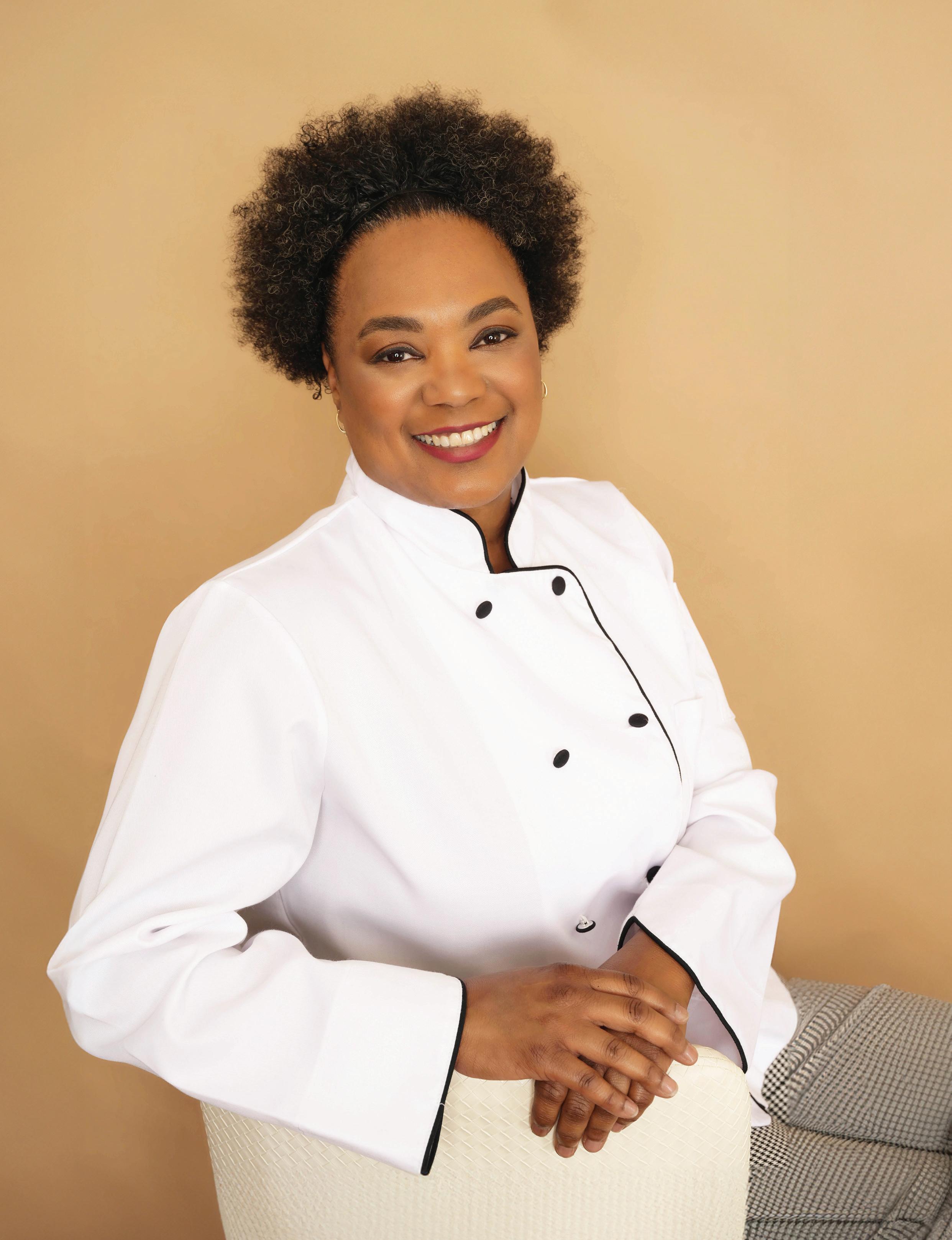
In this interview, we delve into the inspiring journey of a successful private chef who has carved out a remarkable career in the culinary arts. Despite the challenges she faced as a woman in a demanding industry, her passion and determination have driven her to great heights. Join us as she shares insights into her daily life, the unique demands and rewards of catering to high-profile clients, and her innovative approach to creating unforgettable dining experiences.
As a successful private chef, what inspired you to pursue a career in culinary arts, and how did you navigate the challenges you faced as a woman in this industry?
Growing up, I knew that I wanted to cook and be a chef. I watched my family cook meals, but I truly believe that my inspiration came from within. Today, I am inspired by Martha Stewart, an entrepreneur, author, chef, TV host, and an incredible businesswoman. I would love to be in the same room as Martha any day.
I navigate challenges by connecting with other chefs and caterers. Recently, I was experiencing some depression.
Being a chef isn’t always easy—it's very exciting and rewarding, but life happens. I called Chef Rene, my mentor, and we talked about what was going on. Having a strong support team is very important. I reach out for support, I celebrate my wins. I’m motivated and focused.
Could you describe a typical day in your life as a private chef? What are some of the unique demands and rewards of catering to high-profile clients?
On a typical day, I’m probably doing some administrative work, researching recipes, checking out my social media, reviewing my inventory, and getting ready for new adventures that are coming my way.
I find that a lot of high-profile clients like to keep a tight budget. Rewards for me include providing good food, elegant presentation, and taking the burden off my client. Other rewards are meeting new people, traveling to different cities, creating unique menus, watching people connect through the food that I have prepared, and overall leaving a lasting impression on the guests.
How do you stay creative and innovative with your menus? Can you share some of the latest trends or techniques you've been experimenting with?
Honestly, staying creative and innovative is easy simply because of social media. There is so much to learn out there. I see things that I didn’t even know were possible. I’m always on social media, I brainstorm, I journal, take notes, and I read books. I play around in the kitchen with different recipes. I like incorporating flavors, spices, and herbs into different foods. I frequently take part in trade shows and events, cooking classes, and wedding conventions. I enjoy attending related events. They keep me in the loop of new trends and techniques. A few fascinating trends are the different butter boards and charcuterie boards, which can now be just about anything. It’s amazing because there really isn’t a right or wrong when it comes to food, people, and cultures.
What advice would you give to aspiring female chefs who want to break into the private dinner sector? Are there specific skills or experiences that you found particularly valuable?
As a chef, you must possess the passion to break into the private dinner sector; otherwise, it won’t work out for you. You have to believe in yourself, be creative with cooking, have a positive mindset, be ready to put in long hard hours at times, and have really good people skills.
How do you balance the personal and professional aspects of your life, given the demanding nature of your job? What strategies do you use to maintain this balance?
Mental health is extremely important. I like spending time alone on my off days. Taking a long walk in the early morning hours in the cold misty air helps me to unplug.
I hang out with my granddaughter two days out of the week, doing whatever she wants to do.
I take time off in December. My birthday is in December, my granddaughter's birthday is in December, and most of all Christmas. Holidays for me are strictly set aside for my family.
Lots of time management and boundary setting.
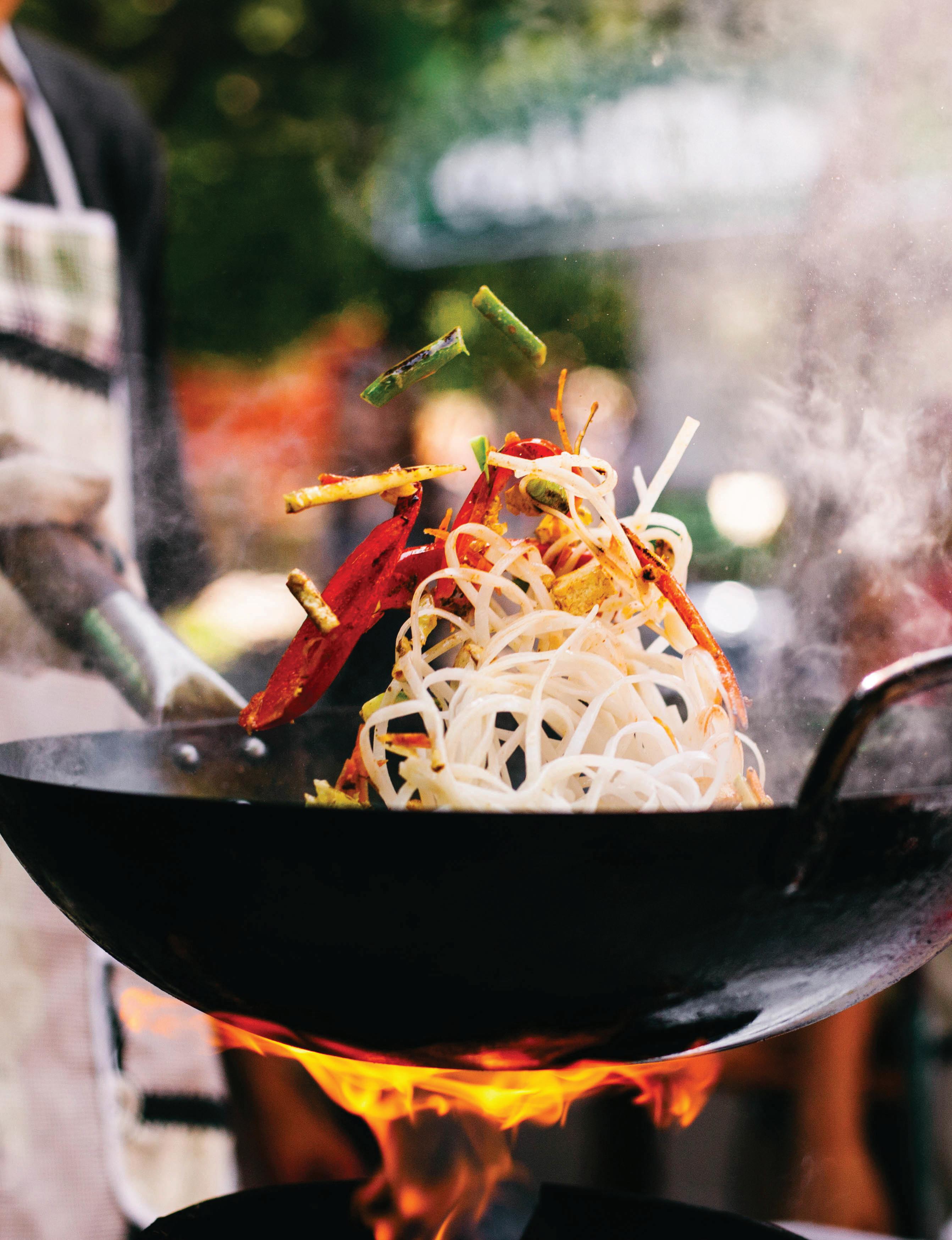
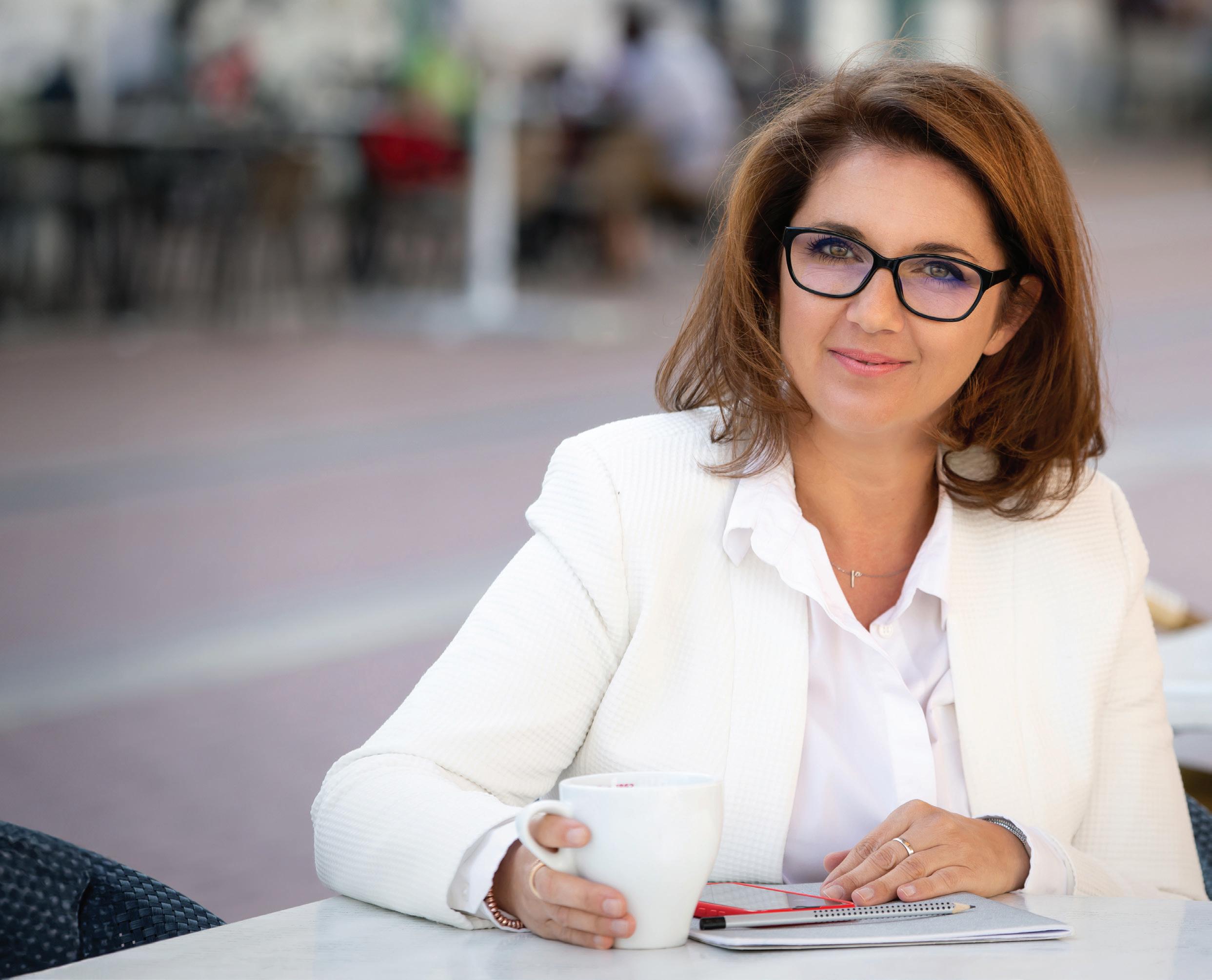
Monika Fischer Business & mindset coach
What a stupid question, you might think to yourself.
And you’d be absolutely right if I phrase the question as “Are women ABLE to make money”. Because we are. But if we consider making money as a skill learned, developed and honed through history - well, there sure is room for improvement. And the challenges are systemic.
And you’d be absolutely right if I phrase the question as “Are women ABLE to make money”. Because we are. But if we consider making money as a skill learned, developed and honed through history - well, there sure is room for improvement. And the challenges are systemic.
Namely, the START point in this race for women is a few hundred years beyond the same mark for men. In the latter part of the 20th century, the US saw the introduction of several key pieces of legislation aimed at promoting women's economic empowerment. Some of the most significant ones are:
Equal Pay Act of 1963 which prohibited wage discrimination based on sex, ensuring women receive equal pay for equal work.
Equal Credit Opportunity Act of 1974 which outlawed discrimination in credit transactions based on sex. Before this, women often needed a husband's signature to get loans, hindering their financial independence.
Women's Business Ownership Act of 1988 which recognized the growing number of women entrepreneurs and established programs to support them. The WBOA established a foundation for policies and programs to support women's businesses in both the public and private sectors. It recognized the growing number of women starting businesses but acknowledged the challenges they faced.
These pieces of legislation aimed to address wage disparity, allowing women to keep more of their earnings. They opened doors for women to participate more fully in the workforce and build wealth, to equip women with the tools and resources to manage their finances independently and achieve economic security.
Women have played a crucial role in business throughout history, but their contributions have often been overlooked. In recent decades, however, women have made significant strides in the business world, starting and leading companies at an increasing rate.
Here are some key statistics that highlight the growing influence of women in business:
42% of all U.S. businesses are owned by women.
Women-owned businesses employ over 9.4 million workers.
The number of women-owned businesses has increased by 114% in the last 20 years.
Women are starting businesses at a faster rate than men.
Yet, the historical advantage mentioned above explains why there is only (based on industry reports and wealth management research) 10% or slightly higher female millionaires globally and around 13% of the world's billionaires (according to Forbes). And out of those 13%, only around 3.6%, are entirely self-made. Many inherit their wealth or have a combination of inherited and selfmade fortunes.
The picture is not much more optimistic if we look at salaries instead of wealth: In 2022, full-time, year-round working women earned a median salary of around $41,320 compared to $52,612 for men.
First of all, it is important to equip yourself with knowledge. Learn about investing, budgeting, and wealth management. Financial Literacy is not a far away galaxy anymore, as there is an increasing number of financial educators who talk about the above topics in layman terms. Knowledge is power, and especially in the case of finances, knowledge is money.
Secondly, surround yourself with supportive women who are in business.
This means that half of all women working full-time made more than this amount, and the other half made less.
In other words, women still face challenges such as gender pay gap which creates a financial disadvantage from the start, lack of financial education, meaning many women haven't had access to financial literacy resources, making them feel less confident managing money, career breaks: women often take career breaks for childcare or eldercare, impacting their earnings and long-term financial security and of course investment biases: societal stereotypes can make women more risk-averse investors, potentially hindering growth.
Share experiences, strategies, and resources. This is something we definitely need to learn from men: strategically building and “using” your network (and also being of service to your network when needed). Join communities where finances are not a taboo topic and ask as many questions you can.
Finally, find a mentor. Somebody who is also a role model because she has achieved what you would like to, all the while living a life that appeals to you. Mentors shorten the path and show us tips and tricks of the money making trade. Use them, apply them and prove that women are good at making money.


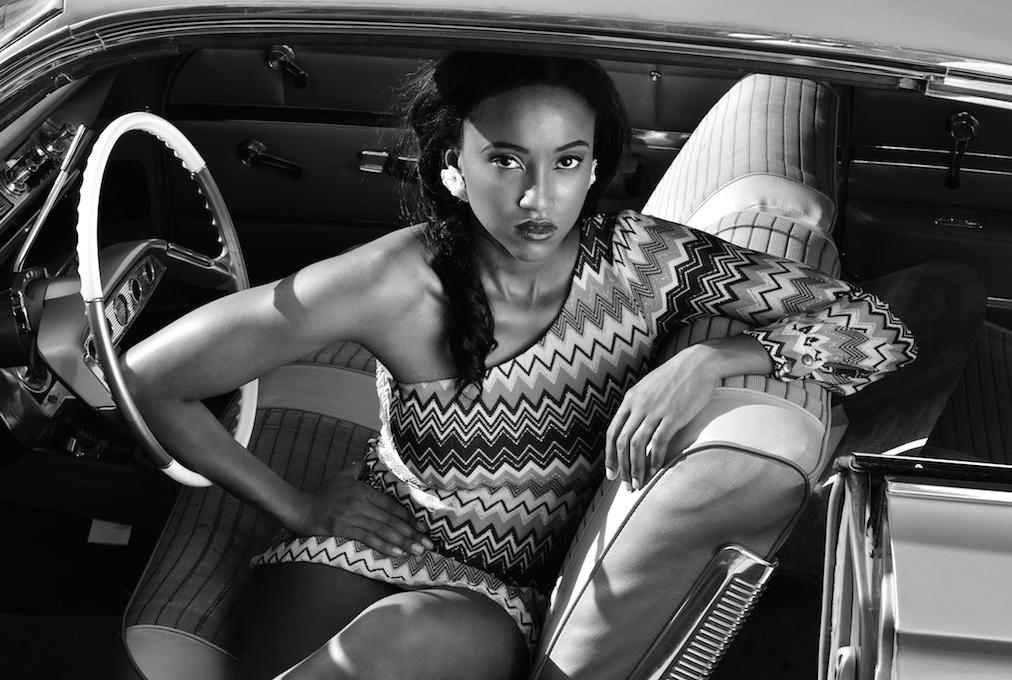
Reflecting on my journey through various cities around the world, I am continuously reminded of how profoundly multicultural environments have shaped both my photography and business expertise. From the bustling streets of London to the innovative atmosphere of San Francisco, each city has uniquely influenced my work as a headshot and fashion photographer, particularly in photographing women and collaborating with local designers and artists.
Photo: Anna Kirschner
Models: Dorina, Aquetta, Namin, Bri, Whulan, Kurtland
Make up: Eva Paksi, Ashley Watson-Rihel
London was my first encounter with a truly global city, and its diversity introduced me to a vibrant array of styles and cultures. Photographing women in London’s eclectic fashion scene, often collaborating with local designers, I learned to capture the beauty in diversity. This not only enriched my artistic vision but also taught me the value of inclusivity in business. London demonstrated that a successful enterprise thrives on diverse ideas and backgrounds, and this principle became foundational in my approach to photography and business.

In Budapest, the blend of Eastern European charm and modern dynamism provided a unique backdrop for my work. The city’s rich history and burgeoning contemporary art scene allowed me to capture the essence of both past and present. Collaborating with local designers and artists, I honed my ability to balance traditional and modern aesthetics in my headshots and fashion photography. This experience reinforced the importance of adaptability in business, as I learned to integrate tradition with innovation.
Helsinki’s philosophy of 'sisu' — a blend of determination, resilience, and innovation — permeates every aspect of life. The city’s harmony with nature and minimalist design aesthetic deeply influenced my photographic style. The serene landscapes and clean lines taught me the power of simplicity and focus. I embraced sustainability and long-term thinking in my photography. These principles have become integral to my business model, fostering a brand that is both environmentally conscious and forwardthinking.

Munich, a city known for its precision engineering and cultural heritage, was a lesson in balance. The meticulous craftsmanship of Bavarian traditions coexists with a vibrant contemporary art scene. I learned to appreciate the marriage of precision and creativity. This duality translated into my business practices, where attention to detail and a flair for innovation became core values. Munich taught me that meticulous planning and creative problem-solving are not mutually exclusive but complementary forces in business.
Dallas, with its bold Texan spirit and burgeoning cultural scene, was a place of growth and bold experimentation. The city’s diverse population and dynamic energy encouraged me to push the boundaries of my art. Capturing the essence of Texan hospitality and the vibrancy of its people, often in collaboration with local designers, expanded my creative horizons. From a business perspective, Dallas highlighted the importance of taking risks and embracing change. The entrepreneurial spirit of the city inspired me to be bold and to continually seek new opportunities for growth.

Now, in the San Francisco Bay Area, specifically Los Gatos, I find myself at the epicenter of technological innovation and cultural diversity. The Bay Area’s relentless drive for progress and its melting pot of cultures offer a constant source of inspiration. Here, I have witnessed firsthand the transformative power of technology in art and business. Collaborating with a diverse range of designers and artists, I’ve been able to fuse tradition with innovation in my photography. San Francisco has shown me that embracing change and leveraging technology can lead to unprecedented growth and creativity.

It was here in Silicon Valley that Women & Business Magazine was born and continues to operate, alongside our European offices. As a multicultural magazine, we celebrate the diverse experiences and perspectives of women in business and the arts. This multicultural approach not only enriches our content but also reflects the global interconnectedness that drives innovation and creativity.
My journey through these multicultural cities has been nothing short of magical. Each city, with its unique blend of cultures, has enriched my perspective, honed my artistic skills, and shaped my business mindset. In a world that is increasingly interconnected, the ability to draw from diverse experiences and viewpoints is invaluable. Multicultural environments foster creativity, innovation, and resilience—qualities that are essential for both art and business.

As a headshot and fashion photographer, I am deeply grateful for the lessons learned from each city I have called home. They have not only enhanced my craft but have also equipped me with the tools to navigate the complex and ever-changing landscape of the business world. Embracing multiculturalism has been the cornerstone of my journey, and I am excited to continue exploring new horizons, both in art and in business.
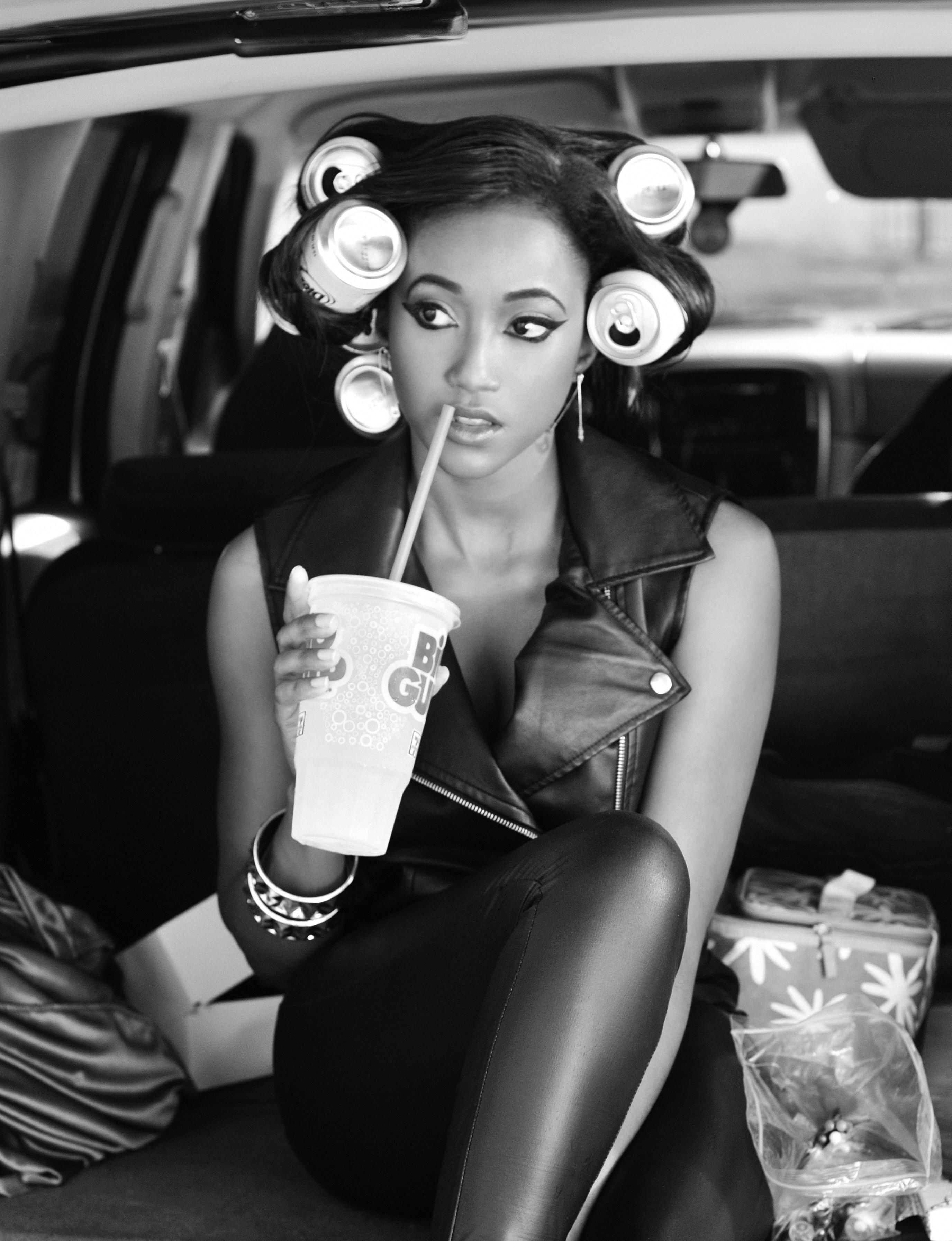
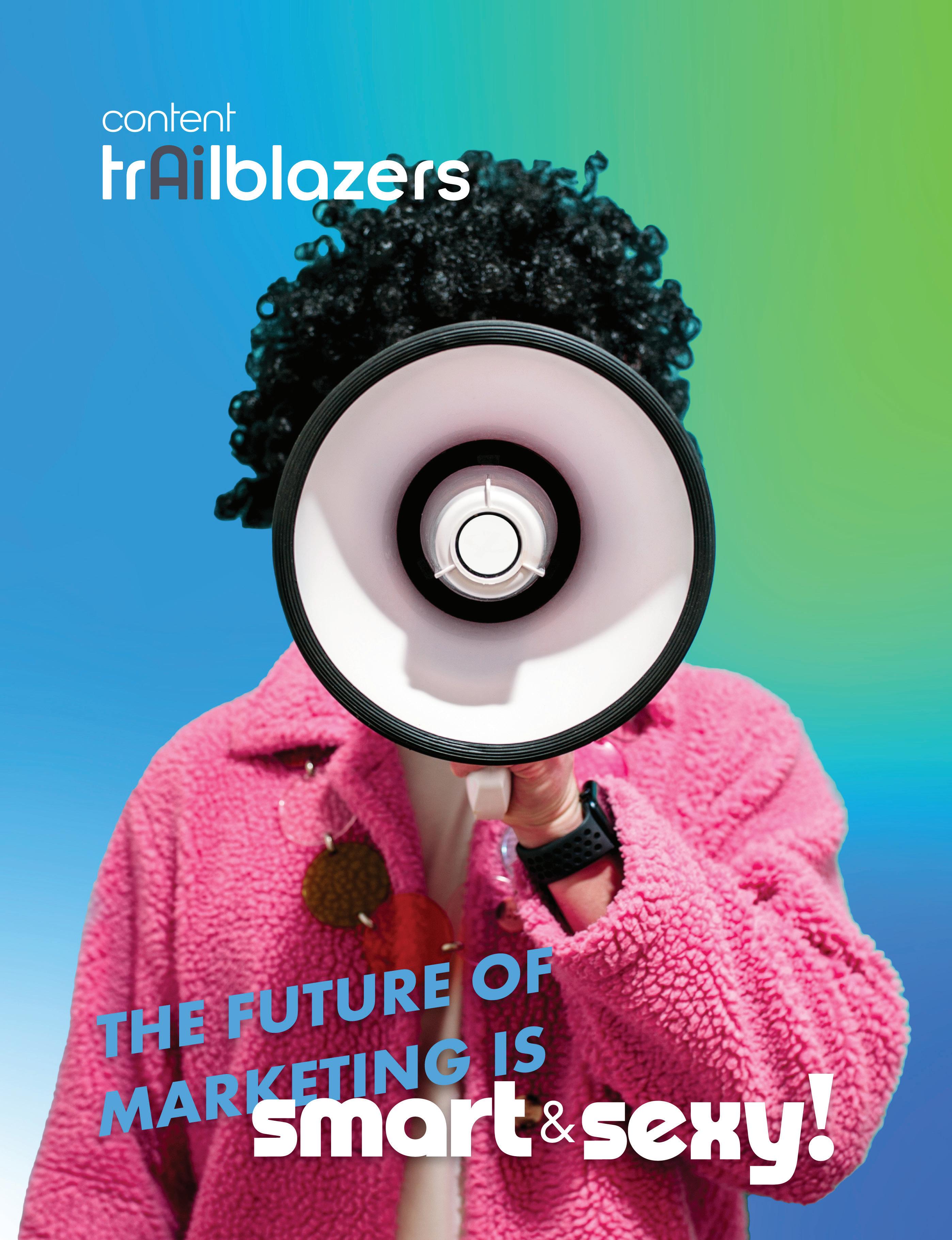
The Content TrailblazersThe AI Marketing Summit, organized by our Chief-inEditor, Orsi Szabo - recently concluded with resounding success, inspiring attendees with the latest insights into AI-driven marketing strategies. Held virtually on June 5, 2024, the summit brought together industry leaders, marketing experts, and innovative thinkers for insightful discussions and networking.
The summit featured an impressive lineup of sessions covering a wide range of topics, including:
- Advancements in AI for Content Creation: Exploring how AI tools are revolutionizing content creation and distribution.
- Data-Driven Marketing: Leveraging AI for precise market analysis and targeted campaigns.
- Ethical Considerations in AI: Navigating the ethical landscape of AI in marketing.
- AI in Sales: Utilizing AI-driven tools to enhance sales strategies, improve customer targeting, and increase conversion rates.
The engaging sessions and hands-on workshops provided attendees with practical knowledge and tools to integrate AI effectively into their marketing strategies.
One of the summit's highlights was the significant representation of female experts in AI and marketing. Women & Business Magazine was proud to be one of the sponsors, supporting the event’s mission to showcase and elevate women leaders in the industry. The presence of these talented women not only enriched the discussions but also underscored the importance of diversity and inclusion in the tech and marketing sectors.
The engaging sessions and hands-on workshops provided attendees with practical knowledge and tools to integrate AI effectively into their marketing strategies.
The Content Trailblazers summit was not just an event but a movement towards embracing AI’s full potential in marketing. Attendees left with actionable insights and a renewed enthusiasm for integrating AI into their marketing strategies. The discussions and connections made during the summit will drive innovation and excellence in the industry for years.
Women & Business Magazine is honored to have been part of this groundbreaking event and looks forward to supporting future initiatives that foster learning, growth, and empowerment in the business world.
Stay tuned for more updates and recaps on our website (www.contenttrailblazers.com), and join us in continuing the conversation on the future of AI in marketing.
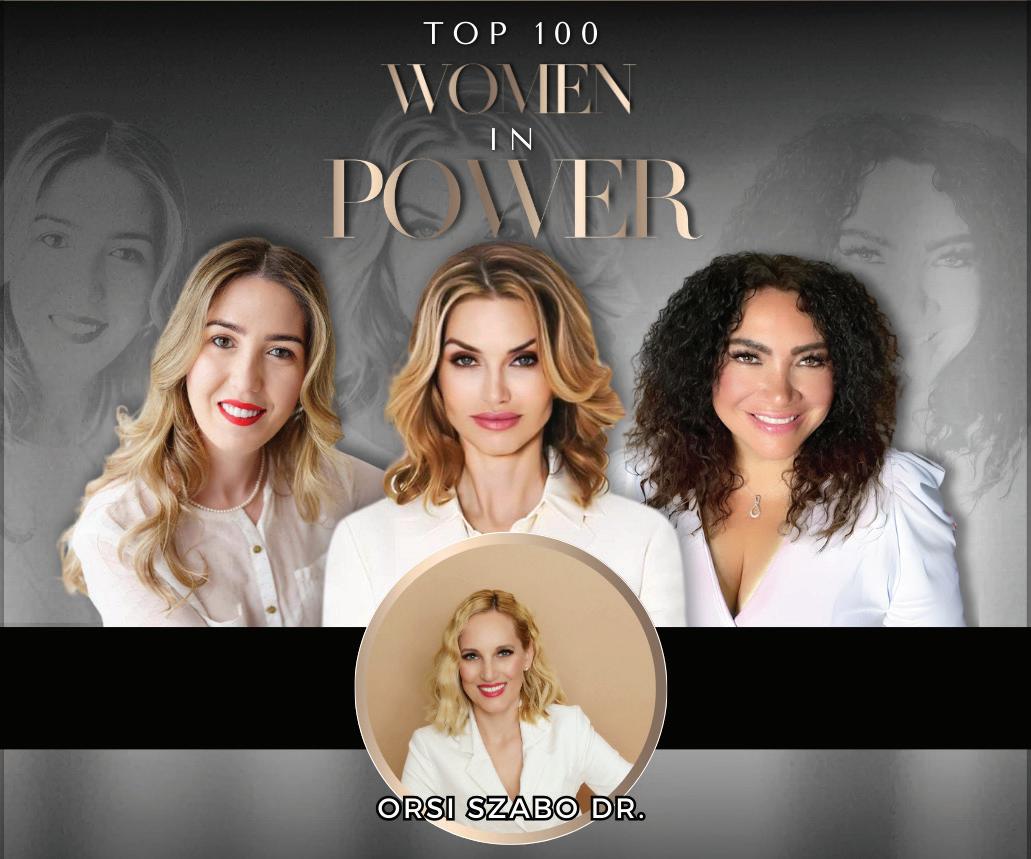
Coaches, abundance experts, marketers, and other connoisseurs of the female psyche came together to share their knowledge at this event.
The summit, which mobilized huge energy, reached over 2 million followers, attracted 21K+ unique visitors and over 8K women attended the presentations!
The success of the event is demonstrated by the fact that although it was originally scheduled for 1-5 July, it was extended for an additional week with an "After Party", as the last minute sign-ups continued to pour in.
Orsi shared her journey as a business and online communication strategist, focusing on how AI marketing tools can increase your productivity, creativity, and income. In her presentation, she also shared the most useful AI marketing tools, which can help us in research, text writing, image and video creation, or other marketing activities.
The Top100 Women in Power Summit was a fantastic opportunity for women leaders to connect, learn, and celebrate each other’s successes. But the movement does not stop there!
In June, Dr Orsi Szabo was announced as one of the speakers at the Top100 Women in Power Summit. This phenomenal virtual event brought together some of the most influential women leaders worldwide. So of course we didn’t want to miss it!
Hosted by Wendy Aimee Porter and Andreea Sandu, the summit celebrated the amazing achievements of women in various fields.
Andreea and Wendy are already planning their next monumental event. And since one of Women & Business Magazine's core missions is to support women leaders around the world, our magazine is joining the organizers as a collaborative partner.
Follow Top100 Women in Power and if you want to learn more about AI marketing from one of the Top 100 Women in Power speakers, Orsi, connect her and schedule a free first consultation!
www.orsiszabodr.com
Our international program is for you if any of the following applies:
• You've been in business for at least 3 years and want to multiply your revenue in 2024/2025.
• You're consciously building your online presence and ready to stand out in your industry.
• You want to scale your company so that only some things depend on one person, or you want to optimize your processes.
• You're keen to learn from domestic and international experts because you are not satisfied with the same knowledge that is repeated by everyone.
• You've considered taking your product or service to the international market for a while.
• You want to "multiply" yourself .
These topics will be covered during the 6-month WIBE Program:
• Business and Communication Goals, Strategy Planning, Prioritization
• Content Creation with Artificial Intelligence
• Service Design
• Sales
• Automation and Productivity Increase
• PR, Showcase Yourself as Your Brand Deserves
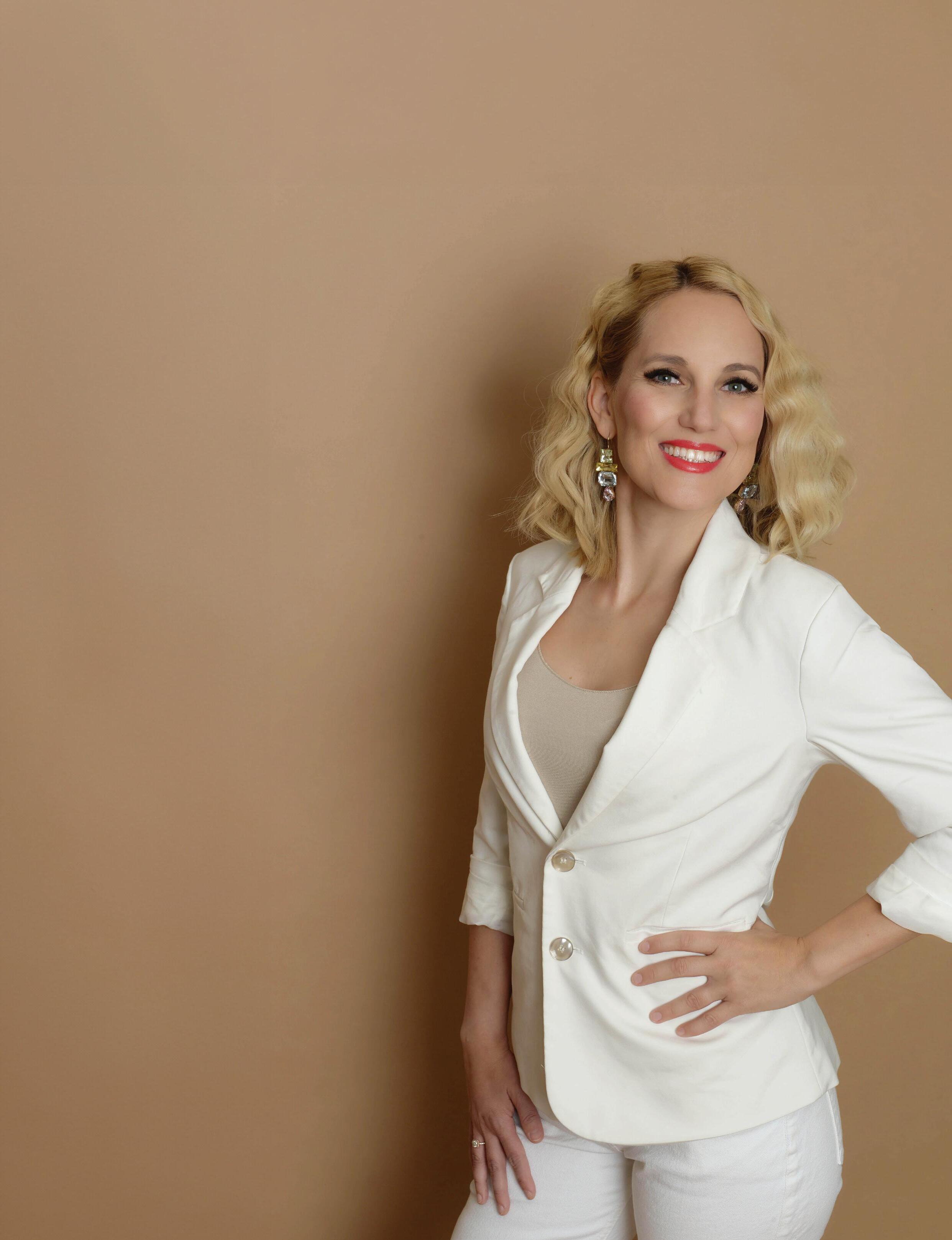
www.subscribepage.com/wibeprogram_eng

Podcasts have become an essential medium for sharing knowledge, telling stories, and building personal and professional brands. If you've been invited as a guest on a podcast, congratulations! It’s a fantastic opportunity to showcase your expertise and reach a new audience. However, the key to a successful podcast appearance lies in thorough preparation. Here are five essential tips to ensure you make the most of your guest spot.
Your personal and professional history is undoubtedly rich and varied, but you don’t have to share everything during your podcast appearance. Instead, focus on defining what you want to highlight about yourself in advance. Here’s how:
• Identify Key Messages: What are the main points you want the audience to remember about you? These could include your professional achievements, unique insights, or personal experiences that shaped your career.
• Craft Your Narrative: Develop a concise and compelling story that ties these key messages together. Think about what makes your journey unique and how it can resonate with the podcast's audience.
• Stay Relevant: Tailor your narrative to align with the podcast’s theme and audience. If the podcast focuses on business, emphasize your professional milestones and industry insights.
As an expert, you likely have several key statements or pieces of advice that you consider important. To make these points more engaging, support them with stories or case studies. Here’s how you can prepare:
• List Key Points: List Key Points: Write down the main statements you want to convey. These could be insights, industry trends, or professional advice.
• Find Supporting Stories: Think of real-life examples, case studies, or personal anecdotes that illustrate these points. Stories make your advice more relatable and memorable.
• Practice Delivery: Rehearse how you will present these stories. Make sure they flow naturally and succinctly support your key messages.
Podcasts often leave audiences hungry for more information. Be ready with recommendations that align with your expertise. This can include:
• Books: Suggest books that provide deeper insights into the topics discussed. Mention why you recommend them and what readers can expect to learn.
• Articles: Point listeners to relevant articles or research papers. This is particularly useful if you’re discussing recent trends or innovation.
• Events: If there are upcoming conferences, webinars, or workshops that you think the audience would benefit from, mention these as well.
To make a lasting impact and grow your network, ensure listeners know how to find and follow you. Here’s what to keep in mind:
• Blog/Website: Mention your blog or website, highlighting the type of content you publish there.
• Blog/Website: Share your social media handles, emphasizing the platforms where you are most active.
• Upcoming Events: Inform listeners about any events where they can see you in action, whether these are speaking engagements, workshops, or meet-ups.
• Repetition: Don’t be shy about repeating this information several times throughout the interview. The more you reinforce it, the more likely listeners are to remember and follow up.
A podcast interview should feel like a conversation, not an interrogation. To achieve a comfortable dynamic:
• Focus on the Interviewer: If imagining the audience makes you nervous, focus on having a dialogue with the interviewer. This can make the interaction feel more natural and less daunting.
• Ask Questions: Engage the interviewer by asking questions. For example, you could say, “What has the feedback from your podcast listeners been regarding this topic so far?” This not only creates a two-way conversation but also provides you with valuable insights into the audience’s perspective.
• Stay Relaxed: Remember, the interviewer is not there to examine you but to learn from you and share your knowledge with their audience. Approach the conversation with the mindset of sharing rather than proving.
Preparing for a podcast appearance involves more than just showing up and talking. It requires thoughtful preparation to ensure you convey your key messages effectively, support your statements with compelling stories, and engage the audience. By defining what you want to highlight, preparing relevant recommendations, clearly communicating how listeners can find you, and engaging with the interviewer, you can make your podcast appearance both impactful and enjoyable.
Remember, a successful podcast interview can significantly boost your personal and professional brand, so take the time to prepare thoroughly. Good luck, and enjoy the experience!
Our expert, with four years of podcasting experience, offers podcast pre-appearance consultation calls to help you fine-tune your preparation and boost your confidence. Feel free to connect with her on LinkedIn: Vica Bedo
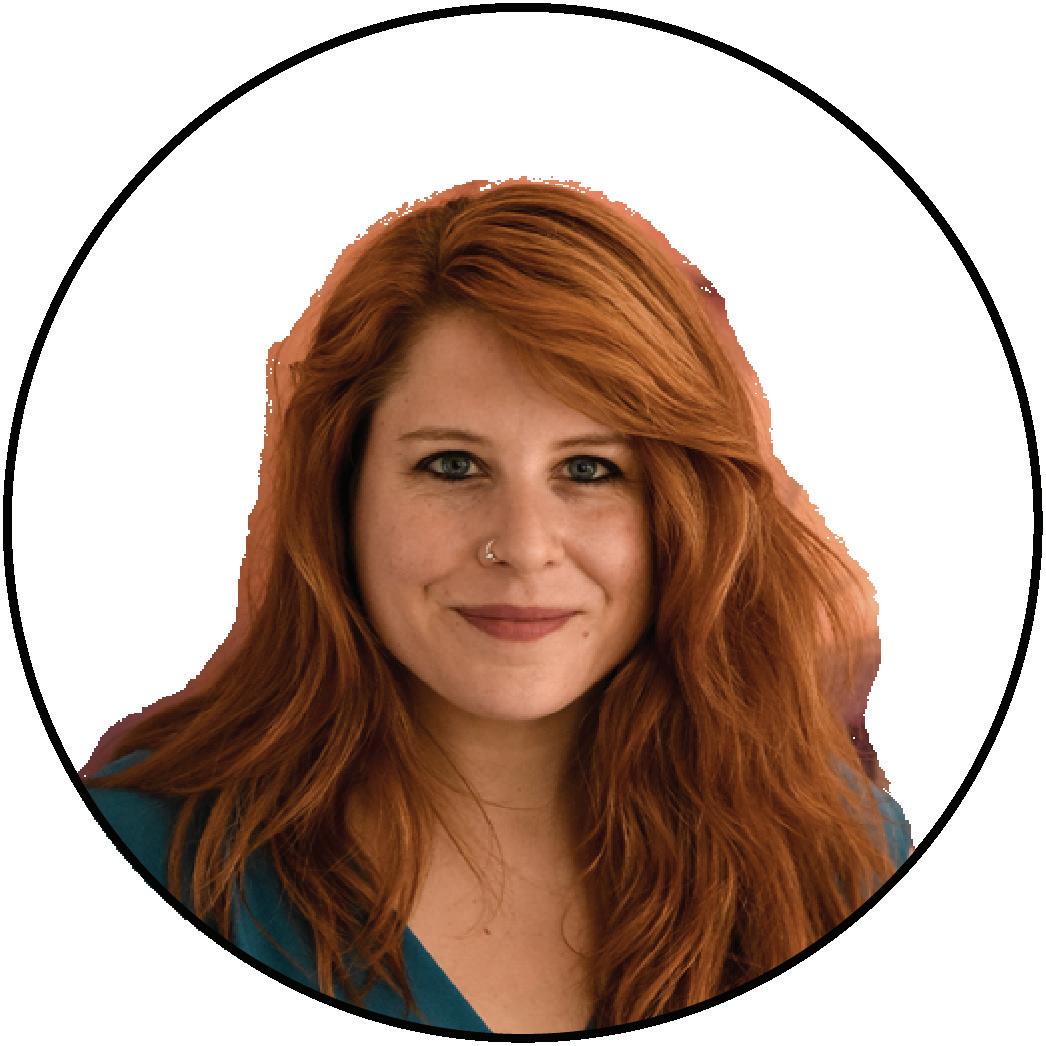
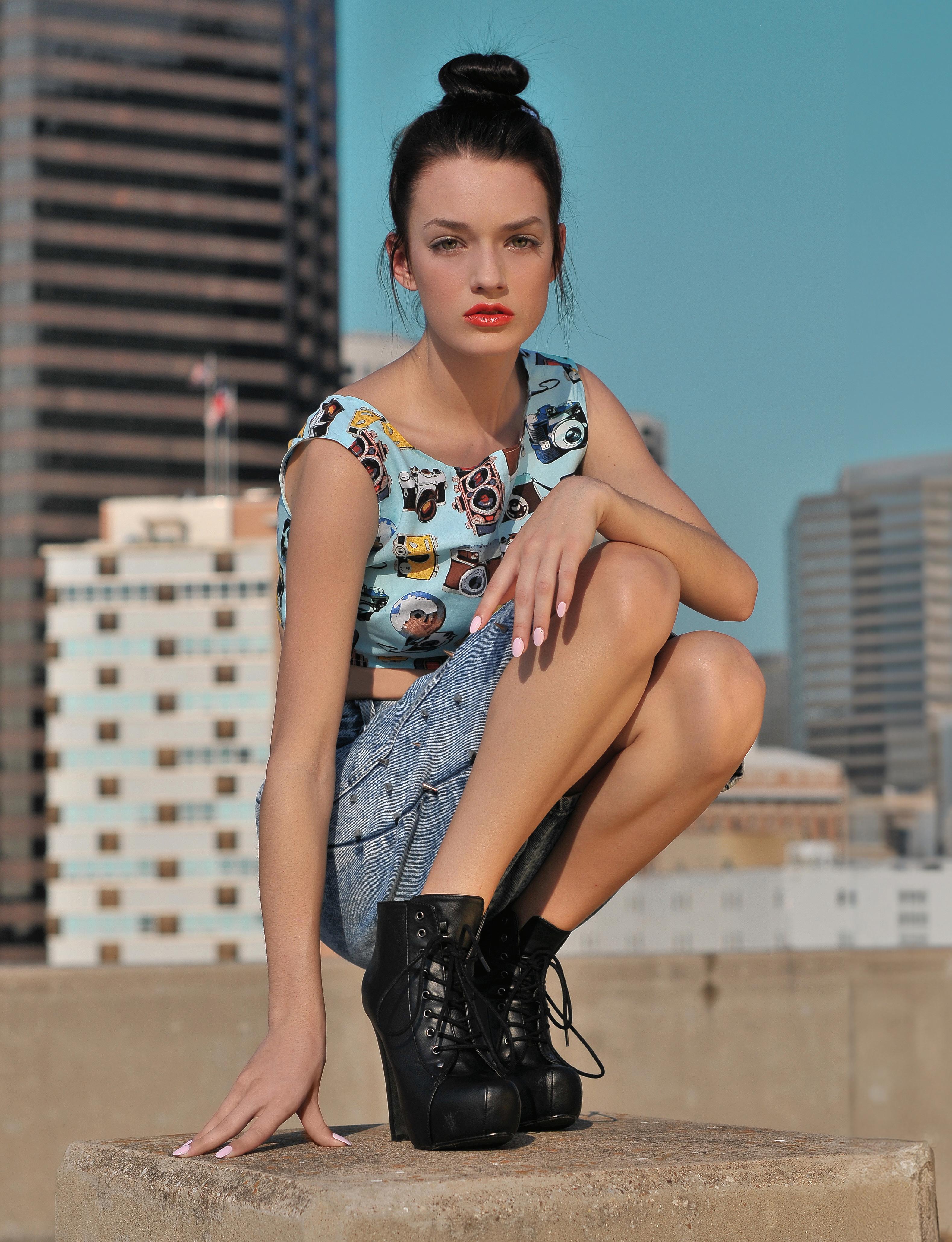
– Eszter Bodnár, cultural manager, director of Sonus Foundation
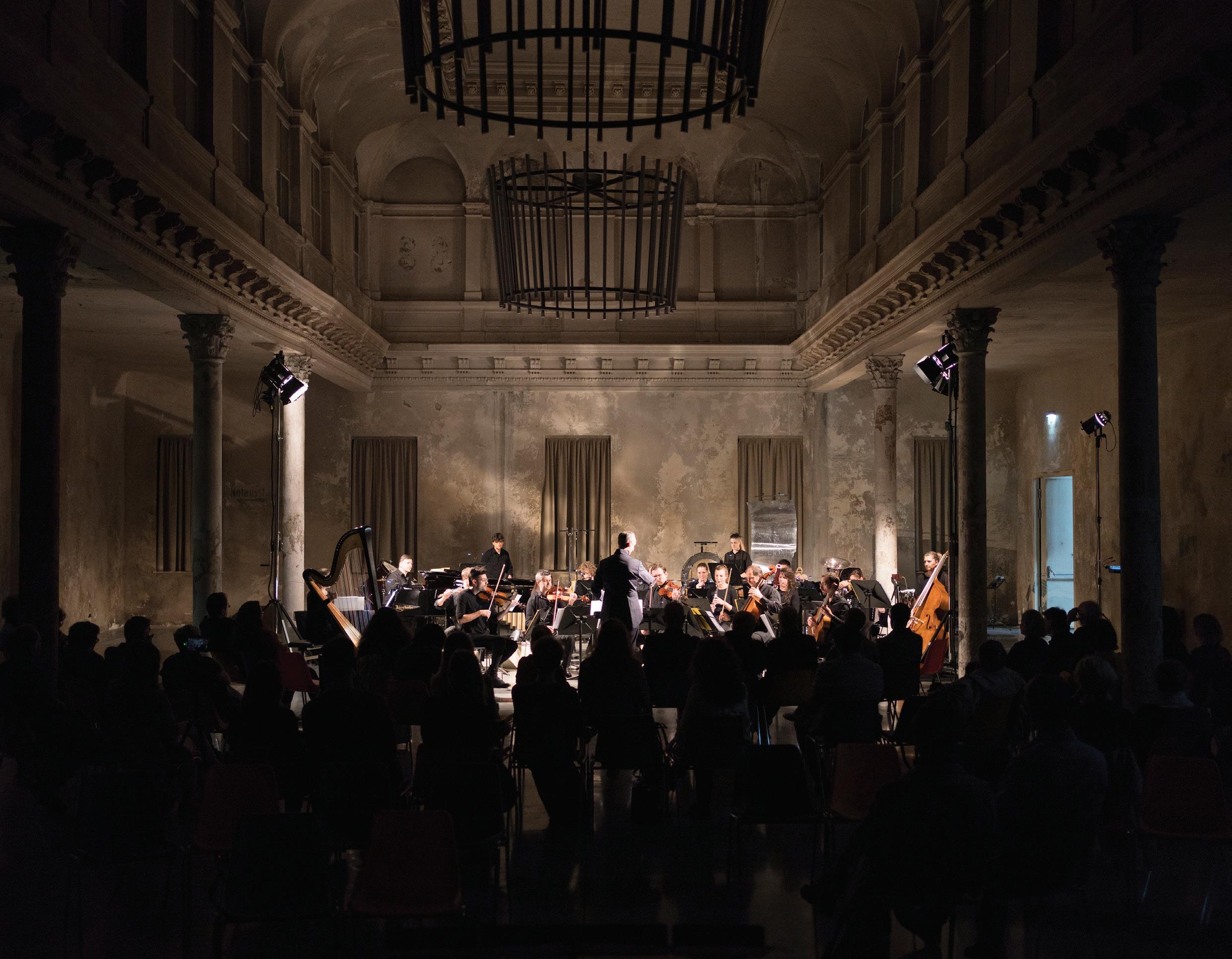
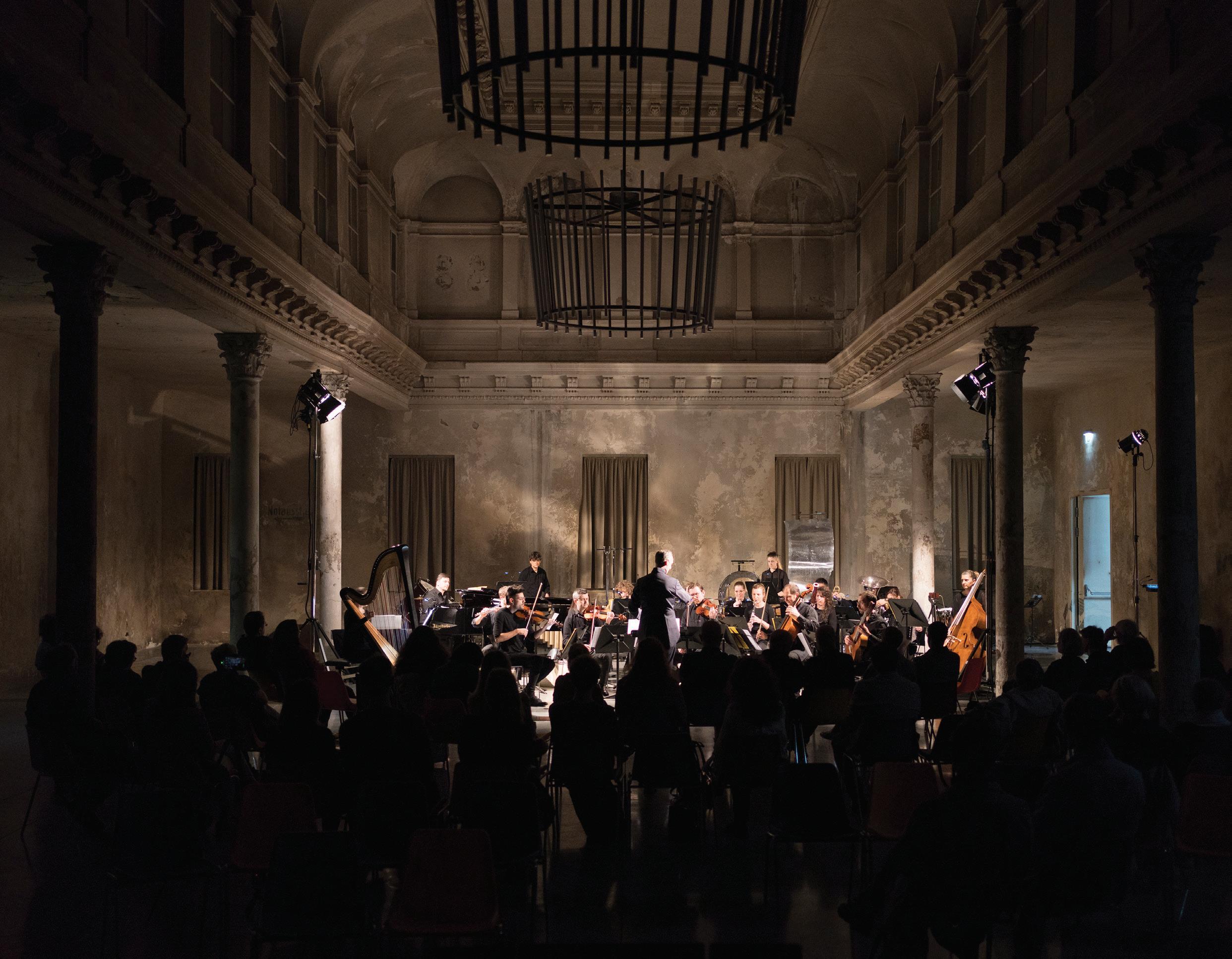
Eszter, originally you studied law, so what inspired you to found the Sonus Foundation?
When I was in high school, I read in my literature textbook that all prominent writers attended law school. Later, I learned that, starting from the 20th century, most writers actually studied humanities. However, by then, it was too late for me. I was captivated by the intellectual life I imagined lawyers led and their endless opportunities to engage
with and support the arts, so the decision to pursue law was an easy one. Perhaps it's not surprising that a decade later, I found myself working in the field of classical music.
The idea for the Sonus Foundation stemmed from the realization that an independent, adaptable organization could break through the typical limits in the classical music world, allowing for the exploration and creation of innovative, exciting, and daring projects.
How does the Sonus Foundation support and promote contemporary music and performing arts? Can you mention any success stories thanks to your activity and programs?
We operate in two primary areas. In the contemporary music scene, we develop new projects and bring them to life. With a European (and even global) perspective, we connect composers, performers, and funding sources to create exciting and often unconventional artistic productions.
Our other focus is supporting young musicians in their professional development. Four years ago, we launched a career support program called FOCUS on You, providing classical music composers and performers with the tools they need to realize their dream projects and forge unique career paths.
How does the foundation measure the impact of its projects and initiatives?
Our results can be measured in various ways: the number of concerts we’ve held, CDs or videos produced, audience attendance both on-site and online, and the number of young musicians who have participated in our mentoring programs or workshops.
However, one aspect is harder to quantify: the shift in mindset we aim to achieve. Contemporary classical music often suffers from poor PR, leading people to believe it is difficult to listen to. We strive to make it accessible through extensive explanations and preparation. Every time a listener is captivated by the beauty of music, it’s a remarkable success.
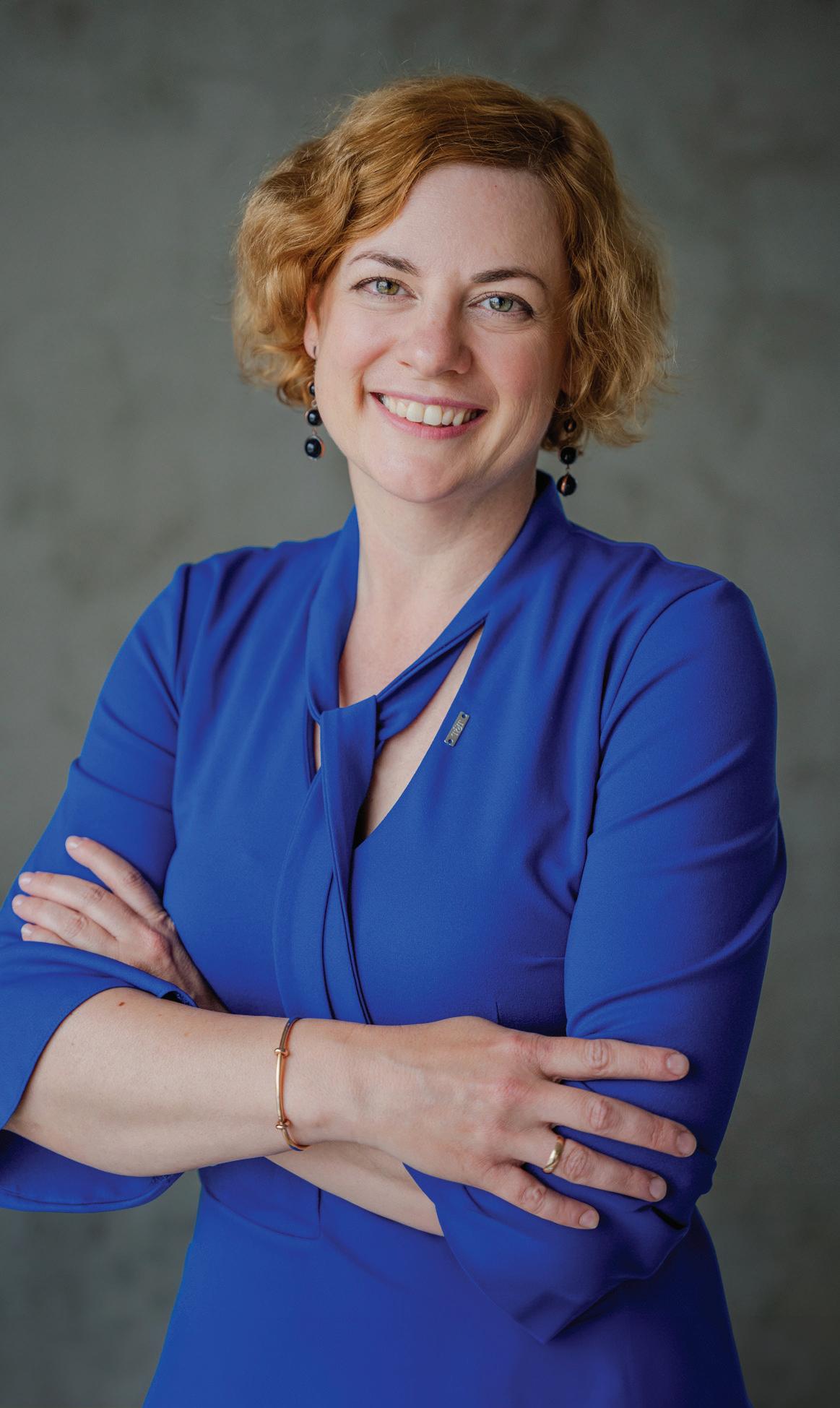
In the realm of career support, a common misconception among young musicians is that if they simply practice, they will be inundated with concert invitations, without needing to think like entrepreneurs. Therefore, every time we witness a musician confidently taking charge of their own career, we are reassured that we are on the right track.
Could you share some of the key projects or events that the Sonus Foundation has organized?
FOCUS on You stands as one of our major success stories. Through our mentoring programs, workshops, individual consultations, a blog, and a vibrant community, we have equipped hundreds of classical music performers and composers with the skills to create their own opportunities.
We are also very proud of the MIKAMO Central European Chamber Orchestra. This international project brings together musicians of diverse nationalities, backgrounds, and traditions to learn from and inspire each other. It serves as a laboratory for rethinking concert formats, repertoire, and techniques, aiming to open up classical and contemporary music to new audiences.
We are equally dedicated to nurturing the audience of the future. We continually explore ways to instill a love of music in children. For instance, a few years ago, we produced an educational video about the works of György Ligeti, one of the most important composers of the 20th century. It’s incredibly inspiring to see how open and curious children are about new music.
What role do (international) collaborations play in the Foundation’s activities, and can you highlight any significant partnerships?
The core principle of our foundation is that music knows no boundaries, whether in terms of genre or geography.
Our work is built on international collaboration. We continuously plan, create, and manage projects with partners across Europe and around the globe. Collaborating with individuals and organizations from various countries enhances our creativity, enriches our professional and personal lives, and fosters understanding and tolerance.
Online tools make global connections easier than ever. FOCUS on You operates entirely online, but we also offer masterclasses for performers and composers via online tools. Additionally, we strive to share more concerts and events online to ensure they are accessible to a wider audience.
What future goals and projects is the Sonus Foundation currently focusing on?
Our primary goal for the coming years is to expand our vision to a broader international audience. The 2024/25 season will be rich with MIKAMO events, but we are already planning for future seasons and festival programs. Through FOCUS on You, we aim to reach young musicians early in their careers and offer workshops to higher education institutions. We are also introducing a new program to assist ensembles and chamber groups in improving their internal dynamics and teaching them collaboration and communication techniques.
Moreover, we are continuously dreaming up, developing, and testing new project ideas. We are always on the lookout for partners—individuals, organizations, and businesses—who are passionate about the future of music and the music of the future.
